David Burnham Smith (1937-2019)
by Louise Irvine
“A mask tells us more than a face” according to Oscar Wilde and in this spirit, we are exploring the work of David Burnham Smith, and paying tribute to this brilliant British ceramic artist who died last year. David was always fascinated with what might lie behind the appearance of things and the mask became a constant source of inspiration throughout his career.
Face masks were the subject of David’s first solo show in 1987 at the Richard Dennis Gallery in London. With his deep insights and superb painting skills, David added a new dimension to the wall mask tradition of the Art Deco era. In appreciation for Richard’s help and encouragement, David modeled his mentor as the King of Hearts. Playing cards continued to influence his work, as can be seen in the whimsical Jack and Queen vase in the Carnival & Cabaret exhibition at WMODA.
The blue and white porcelain wall mask in David’s new exhibit at WMODA has a nautical theme, reflecting his youthful experiences at sea with the merchant navy. His brilliant draftsmanship was honed by depicting stormy waters and portraits of his shipmates. The subject matter of his mask reflects his interest in William de Morgan’s work and his technical understanding of Oriental porcelain is demonstrated in his perfect execution of blue and white underglaze painting.
Face masks also appear in intaglio form in David’s work as can be seen in Ophelia. Her recessed portrait in matte white porcelain contrasts dramatically with the glazed mosaic pattern and creates interesting illusory effects when viewed in different ways. Two photographs on a greeting card, which he sent to a friend together with this plaque, illustrate this point. A photograph of pansies and a quote about Ophelia’s flowers from Shakespeare’s Hamlet are hand-written in the accompanying note, which reveal his thoughts and creative process.
“There’s rosemary, that’s for remembrance – and there is pansies that’s for thoughts. There’s fennel and there’s columbines. There’s rue, herb of grace. There is daisy, I would give you violets but they withered all…Oh rose of May Sweet Ophelia All these flowers are herein.”
David used a similar intaglio sculptural technique to portray the two aspects of Joan of Arc in his Joan the Maid and Joan the Warrior. The interaction of negative and positive helped him create his emotional response to George Bernard Shaw’s play about St. Joan. Female faces also appear in unusual vase and jar forms, including a prototype bottle for Bols Distilleries in the WMODA collection.
David had drawn since an early age, but he received formal lessons when he was hospitalized for two years after a motorbike accident. When he recovered, he studied technical illustration at night school and pursued a career in the computer industry, drawing complex diagrams of exploded machinery. However, he foresaw that technology would gradually replace human skills in his profession and so he turned his hobby into his next career. David enjoyed collecting antique ceramics and, since he could usually only afford broken pieces, he learned how to restore pottery and porcelain. He set up his own studio in 1967 and was soon in great demand in the antiques world for his exceptional work. One of his major commissions was restoring the Doulton stoneware fountain by George Tinworth, which was found in pieces by Richard Dennis in a suburban London garden. During this project, he told Richard, “I’ve got completely into Tinworth’s head.”
During his time as a ceramic restorer, David mastered the complex techniques of the Victorian art potters, such as William de Morgan and William Moorcroft. He emulated De Morgan’s brilliant turquoise blue glaze in his tropical fish plaques and his intricately painted exotic birds. He restored Parian porcelain figures for the first exhibition by Richard Dennis and devised a technique for perfectly matching the original body. He continued to work with high-fired porcelain throughout his artistic career and continually pushed the limits of his material. David was fascinated also by the quirky bird jars made by the Martin Brothers and paid homage to them with his fabulous owl jars. Their expressive characterization echoes the work of Robert Wallace Martin but the gentle magical humor and exquisitely painted abstract patterns are uniquely David’s vision.
Nature inspired David throughout his career whether it be tropical fish swimming in the sea or the rhythms of the countryside which he loved. A very spiritual person, he once described “the fate that lurks beyond the clearing in the forest, beyond the mist at sea, beyond the present.” He moved to the Malvern Hills in the early 1970s and worked with the newly formed Albany Fine China company in Worcester, sculpting more than 50 birds from nature. He also produced realistic bird sculptures for Border Fine Arts. David taught himself to model and typically used wax or plasticine for his original sculptures.
By the late 1980s, David was able to concentrate more on his own work. Each of his studio pieces is unique and painstakingly produced. With his meticulous attention to detail, it would take him a week of solid work to paint the jewel-like decoration on a cat or a mouse and he produced only two or three pieces in a month. His work is hard to find as he was constantly experimenting and striving for more complex techniques. Despite his extensive knowledge of ceramic processes, he suffered many kiln losses. In the final firing, a porcelain piece can fracture easily destroying weeks of intensive labor.
David’s creativity also included tile plaques of exotic birds and figural forms, often framed with glimmering gold tiles. Some of his vivid patterns are suggestive of 1960s Op and Pop art, while his figurative subject matter sometimes evokes the spirit of the romantic visionary artist and poet, William Blake. David’s originality, individuality and technical virtuosity have made him one of the most thought-provoking ceramic artists of recent times.
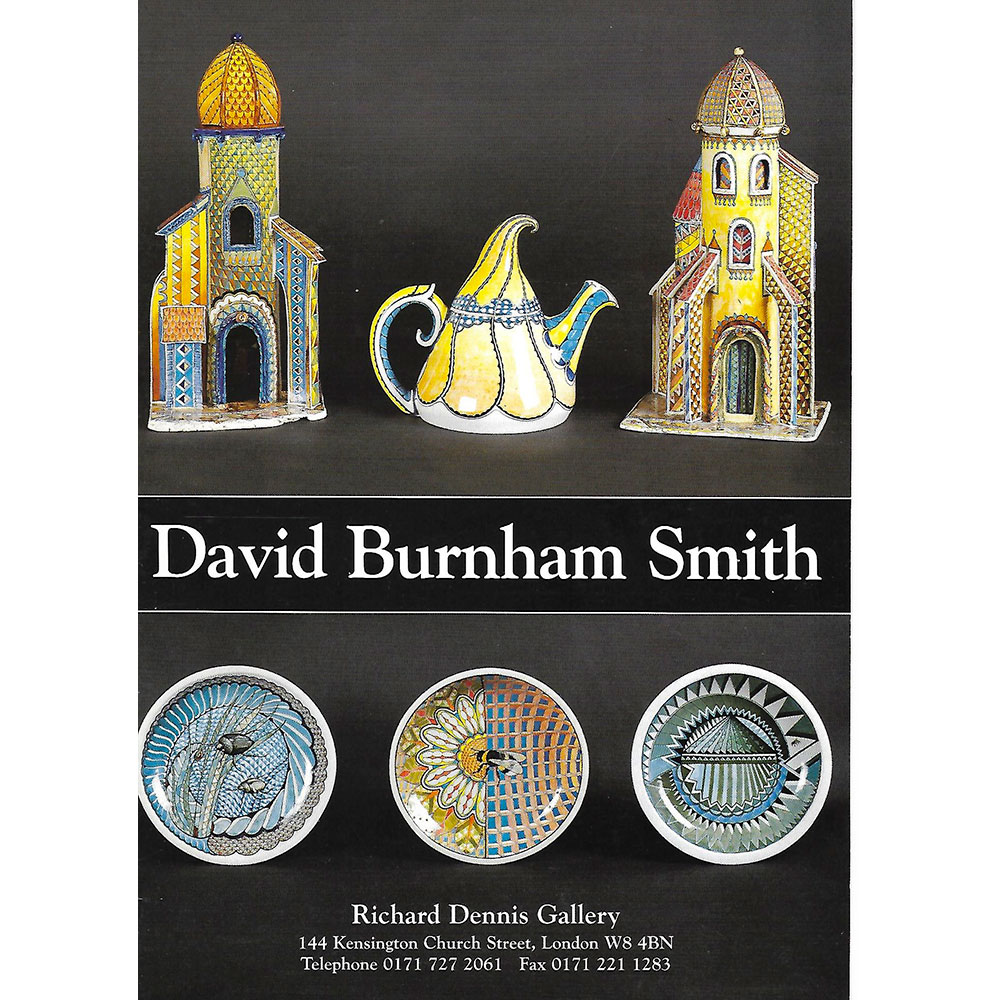
David Burnham Smith Exhibition Catalog
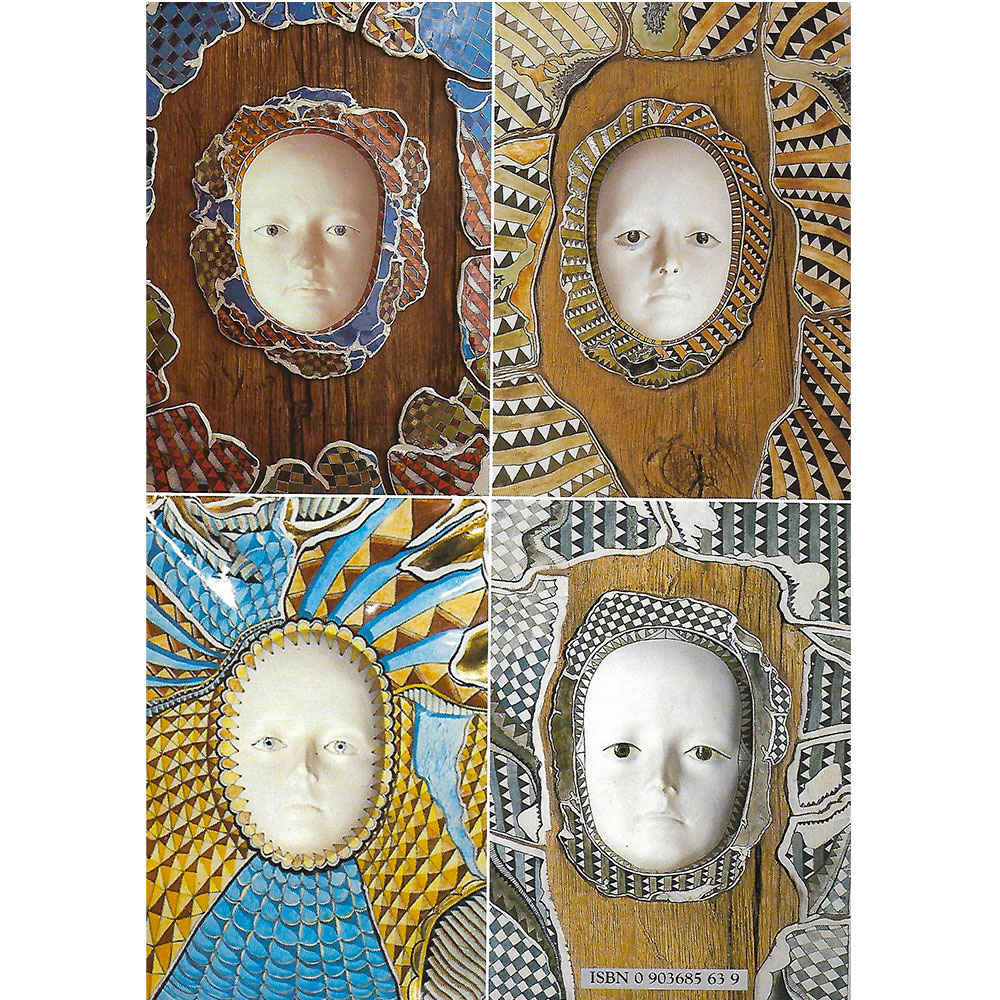
Catalog Back Cover
The 1998 catalog of David’s second exhibition at the Richard Dennis Gallery is available through WMODA.
Photographs of David Burnham Smith courtesy of UKArtpottery.com and Richard Dennis Publications.
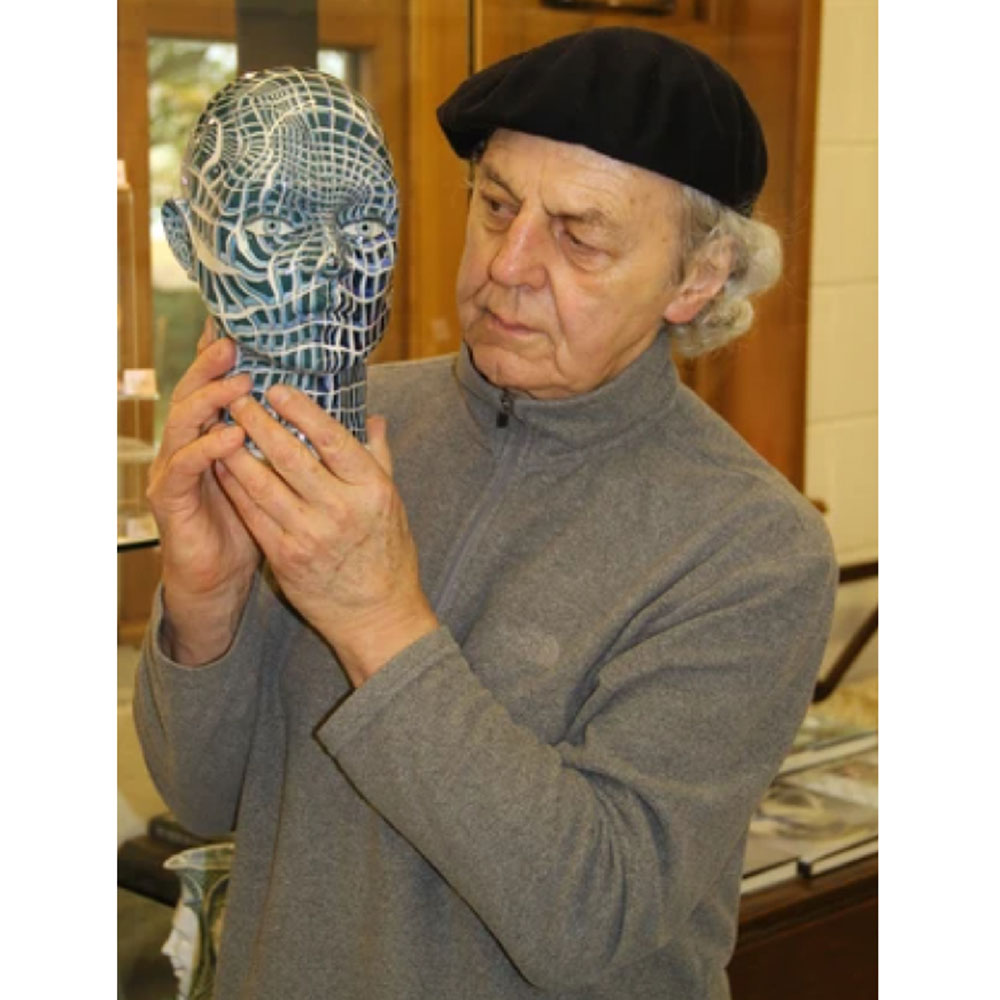
David Burnham Smith
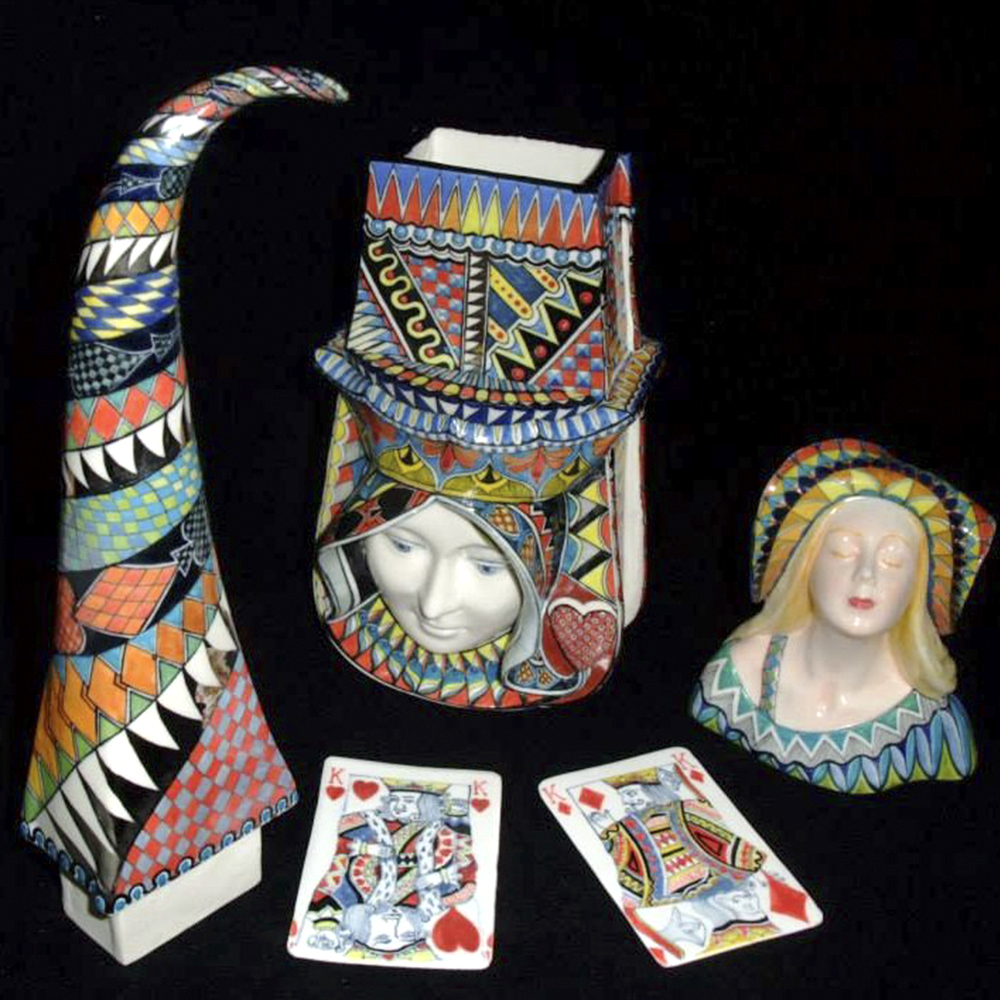
Queen Face Cards by D. Burnham Smith
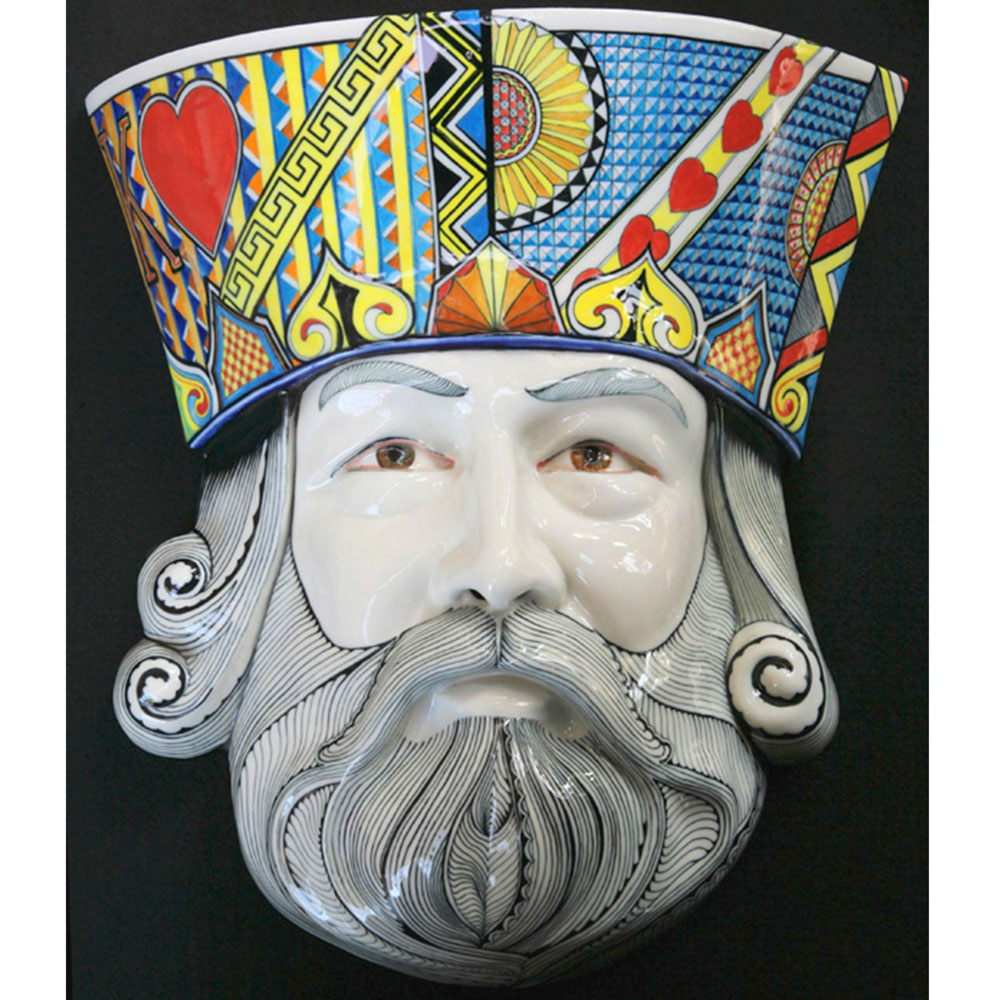
King of Hearts by D. Burnham Smith
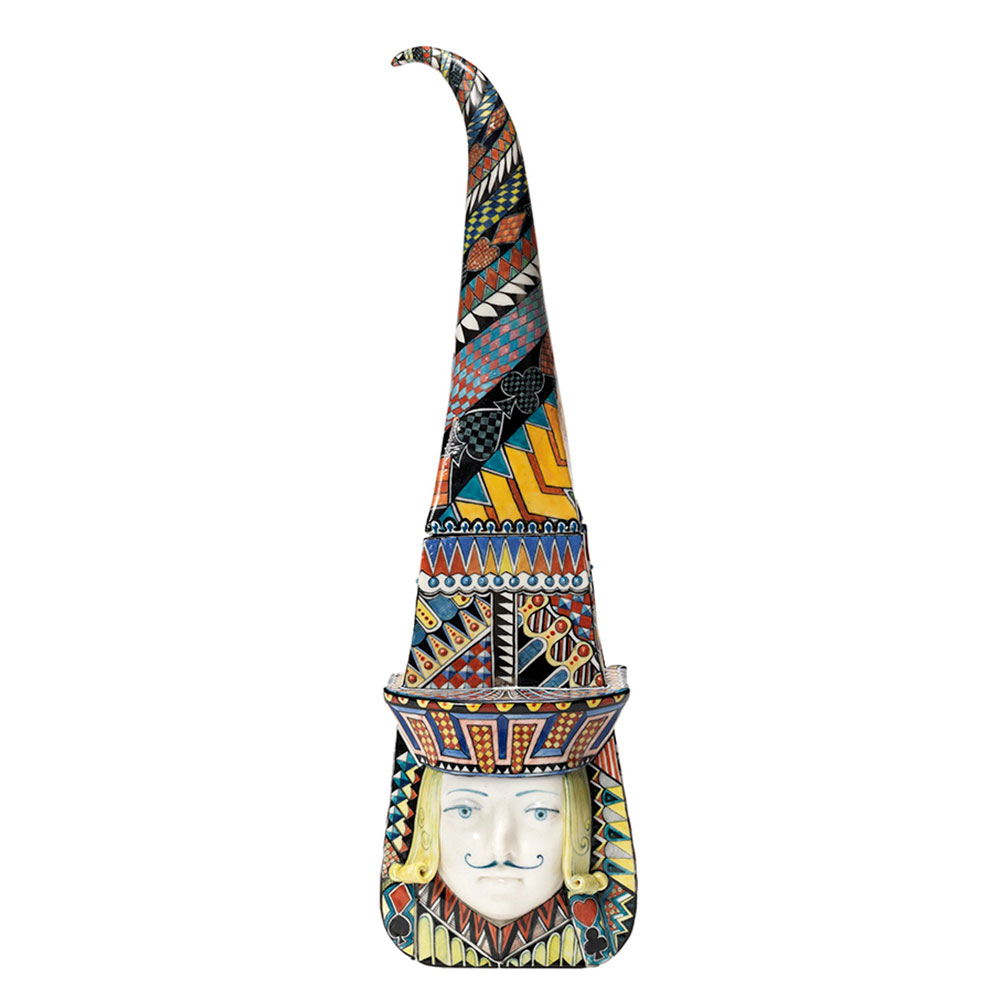
Jack by D. Burnham Smith
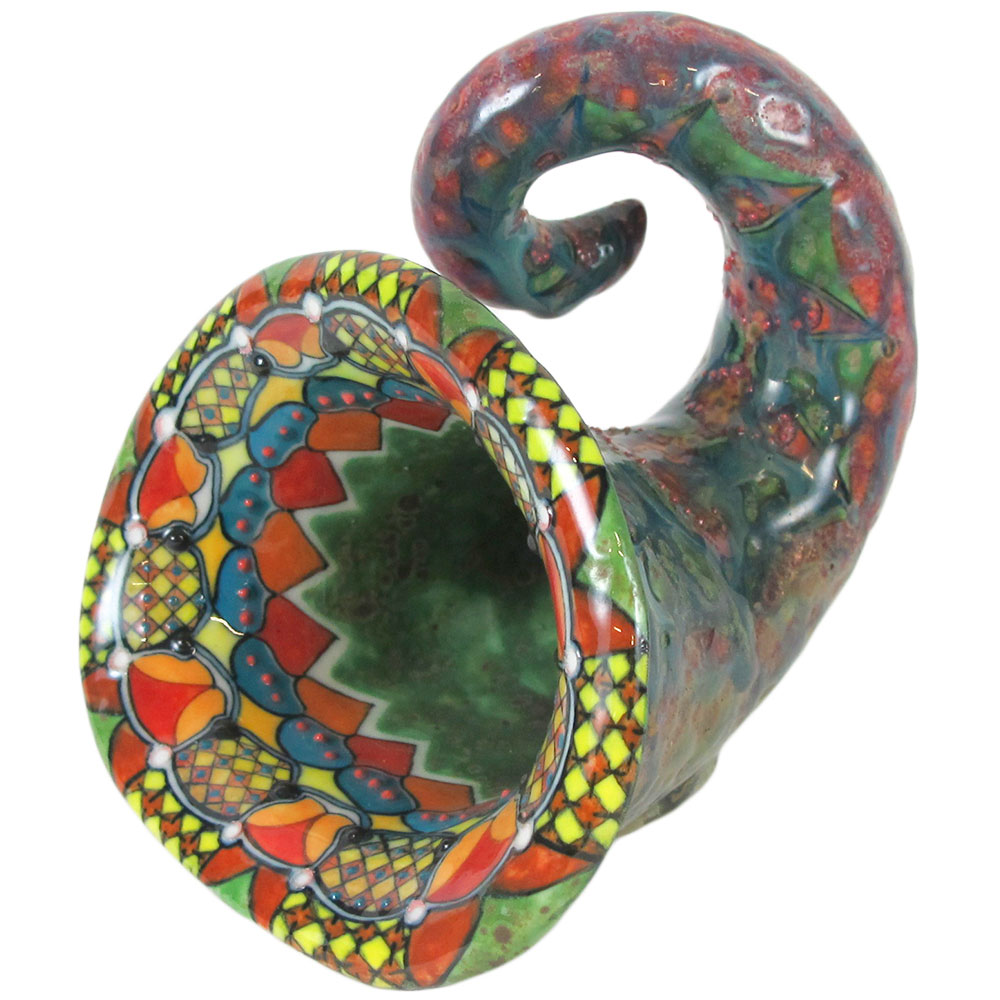
Cornucopia by D. Burnham Smith
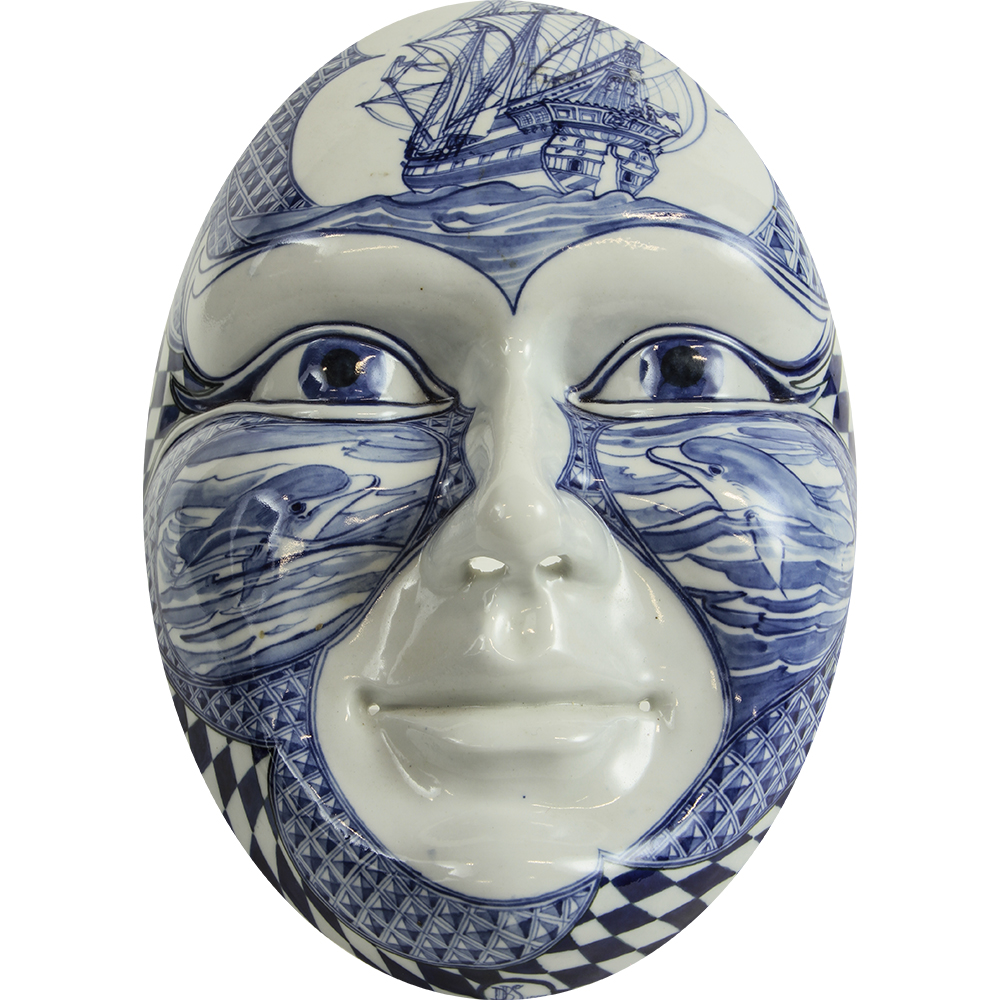
Nautical Mask by D. Burnham Smith
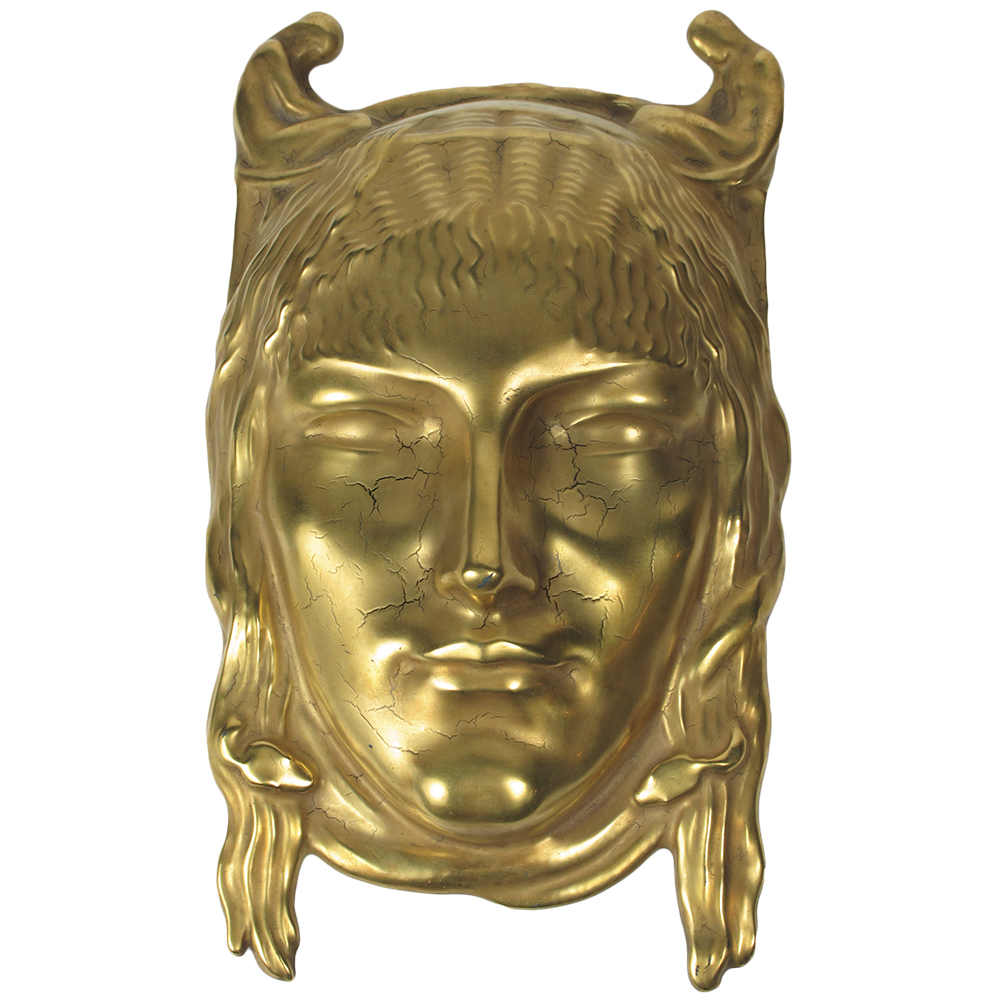
Royal Doulton Fate by R. Garbe
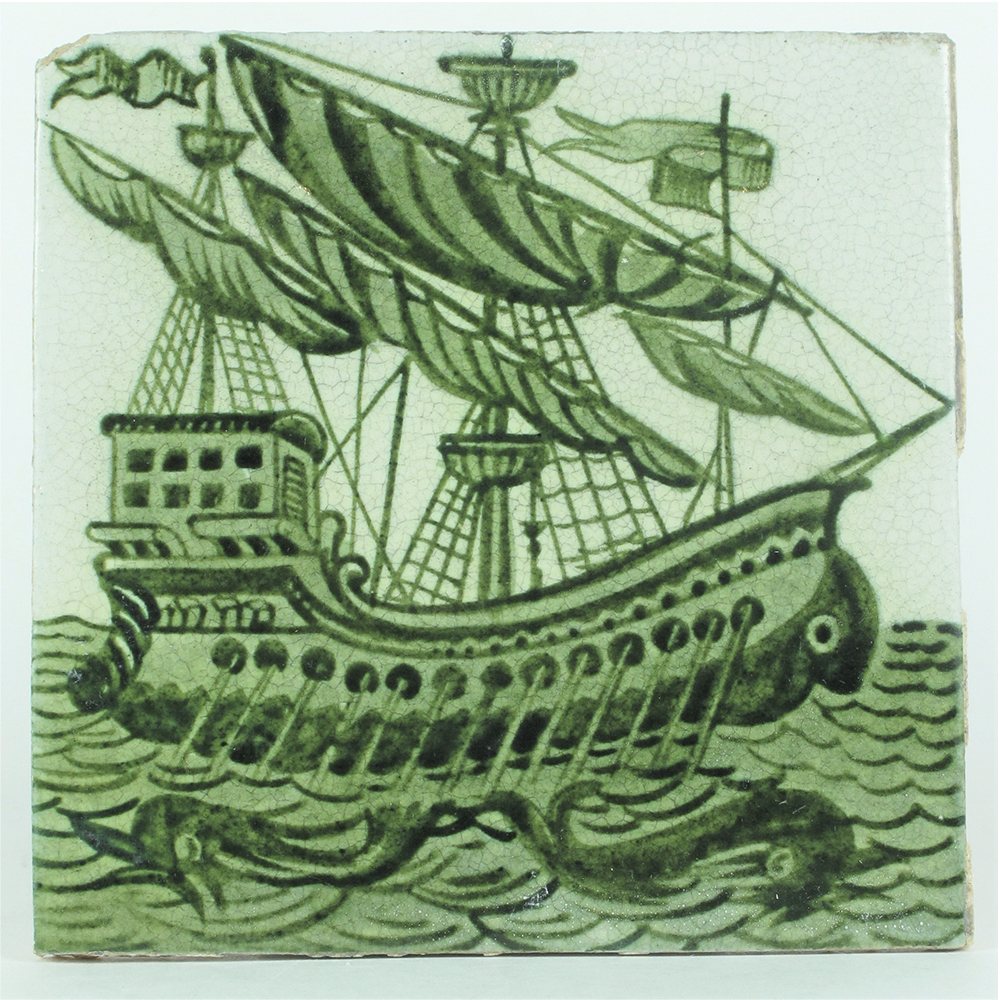
Ship Tile by W. de Morgan
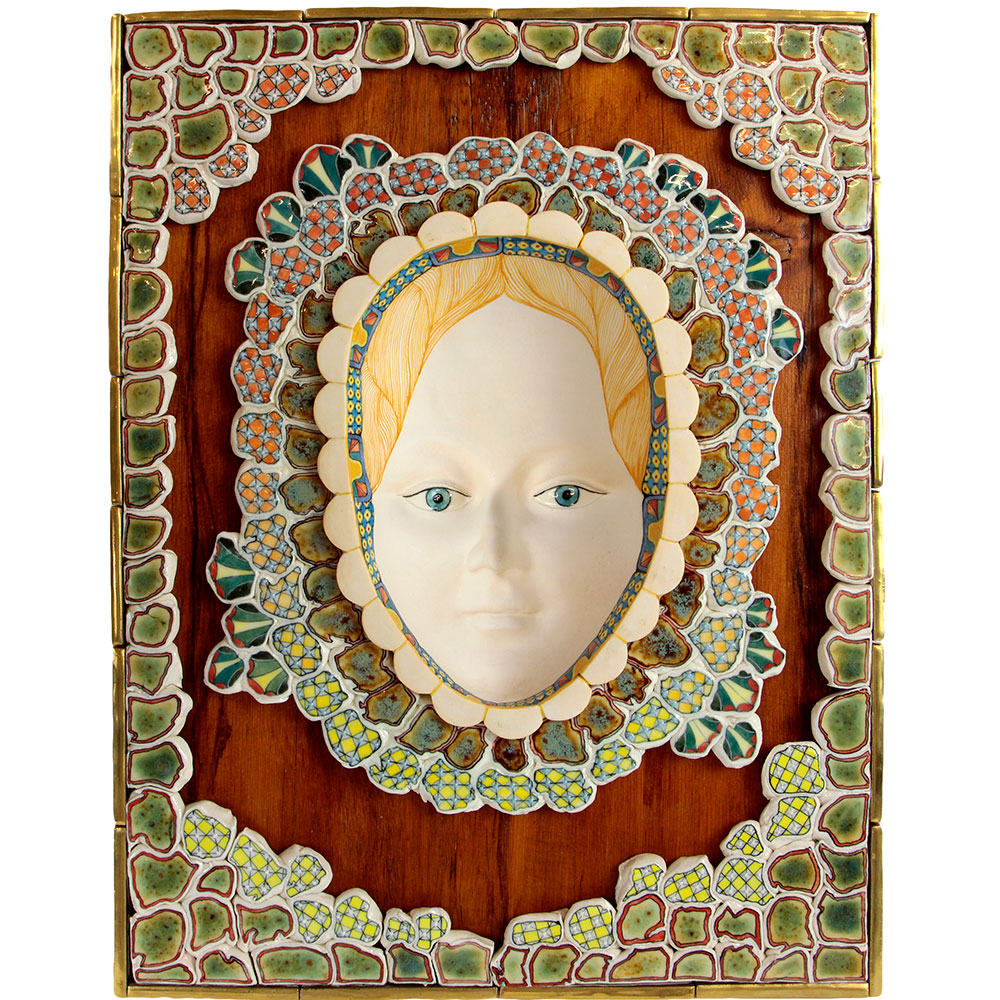
Ophelia by D. Burnham Smith
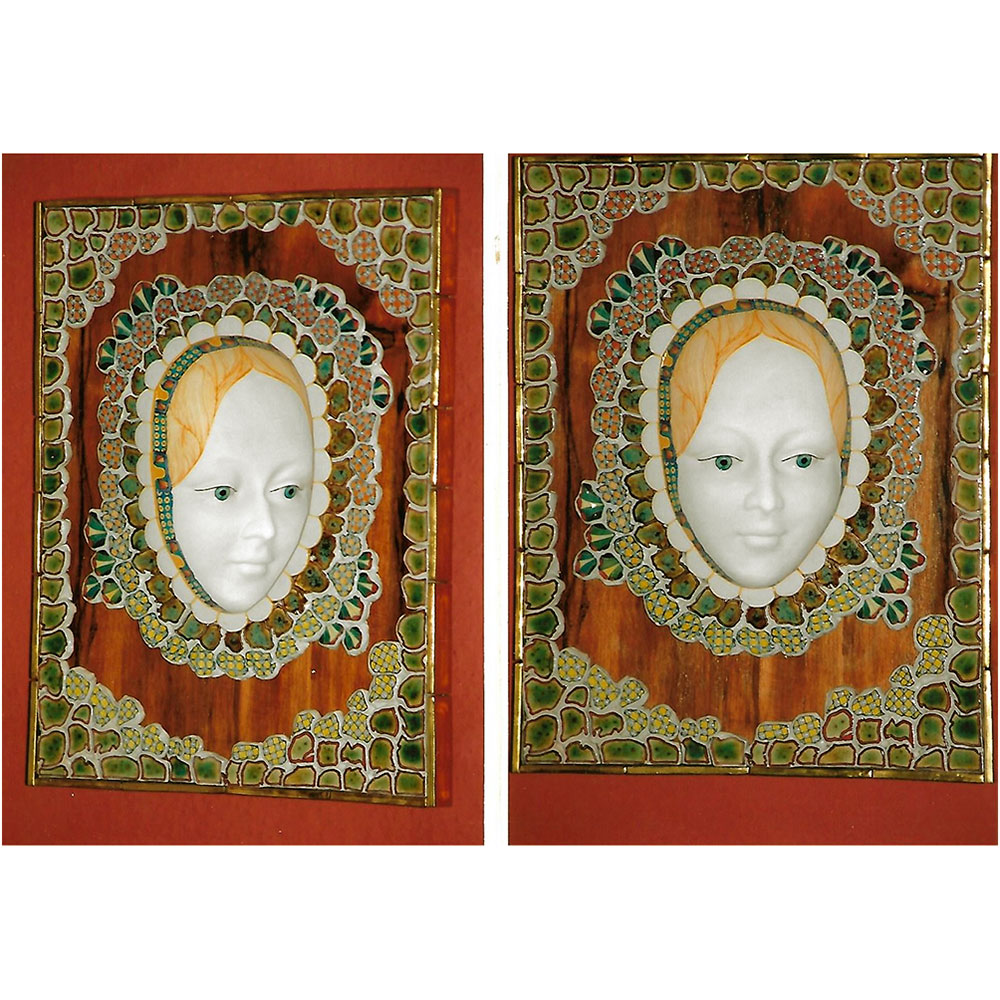
Ophelia at different angles
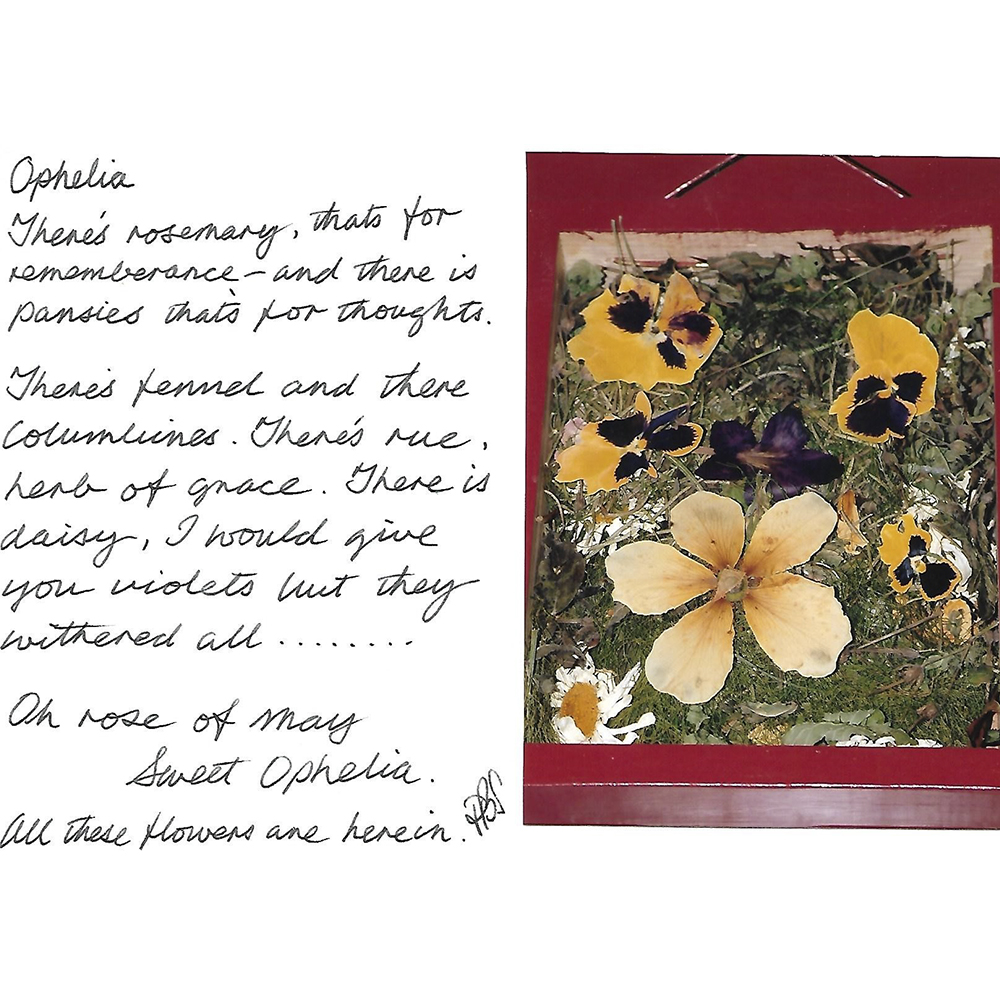
David Burnham Smith Ophelia card
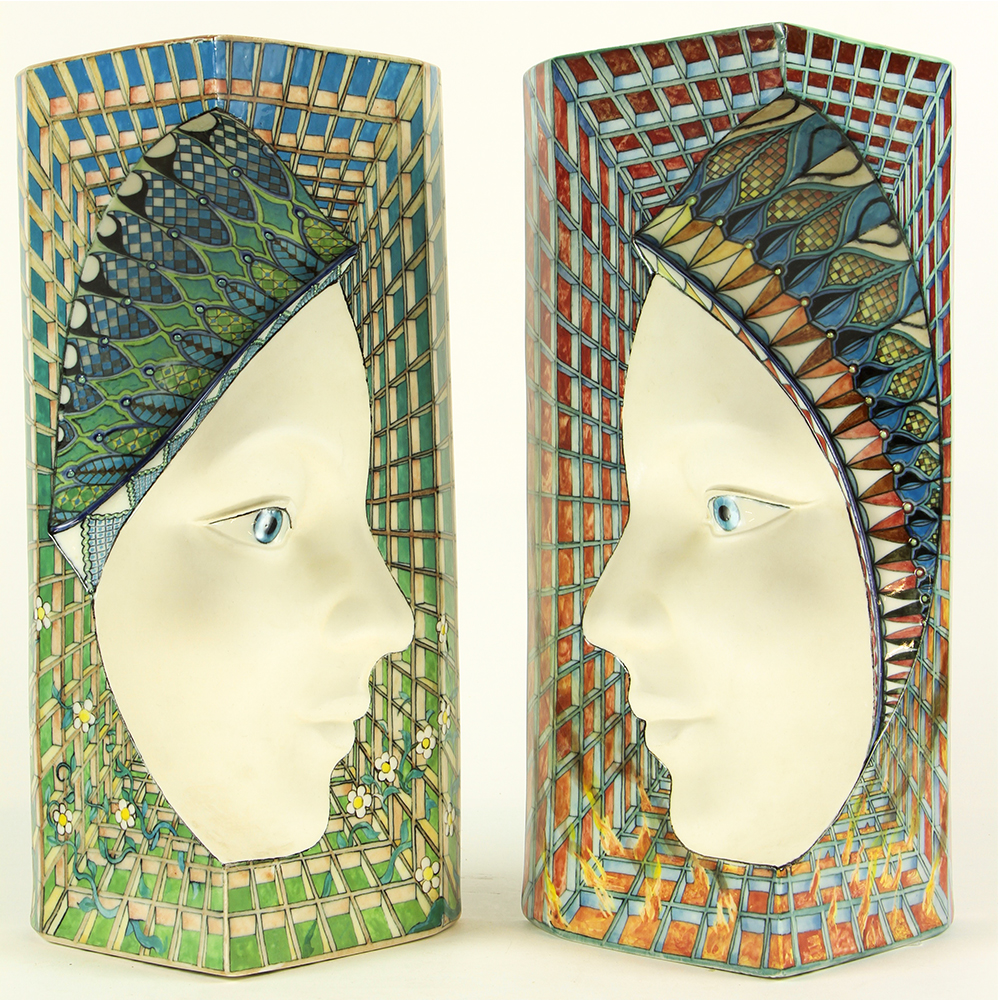
Joan the Maid and Joan the Warrior by D. Burnham Smith
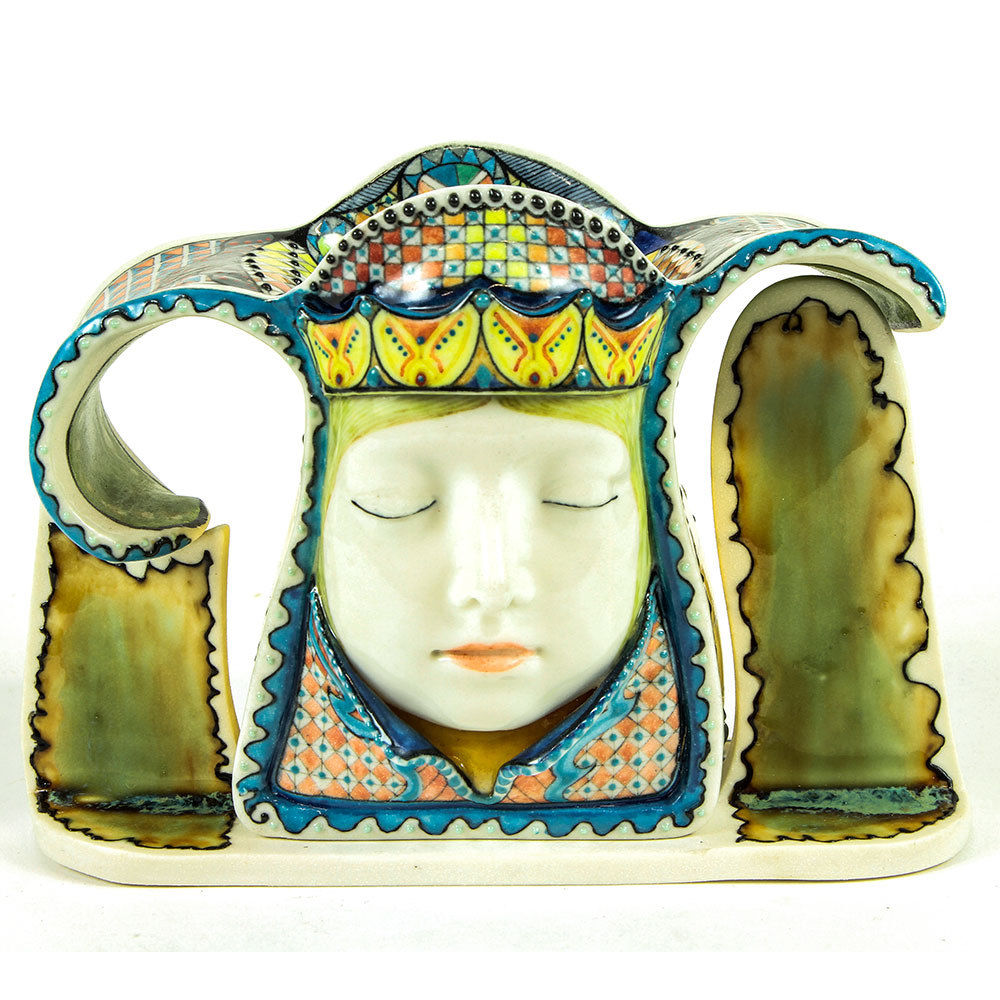
Face Vase by D. Burnham Smith
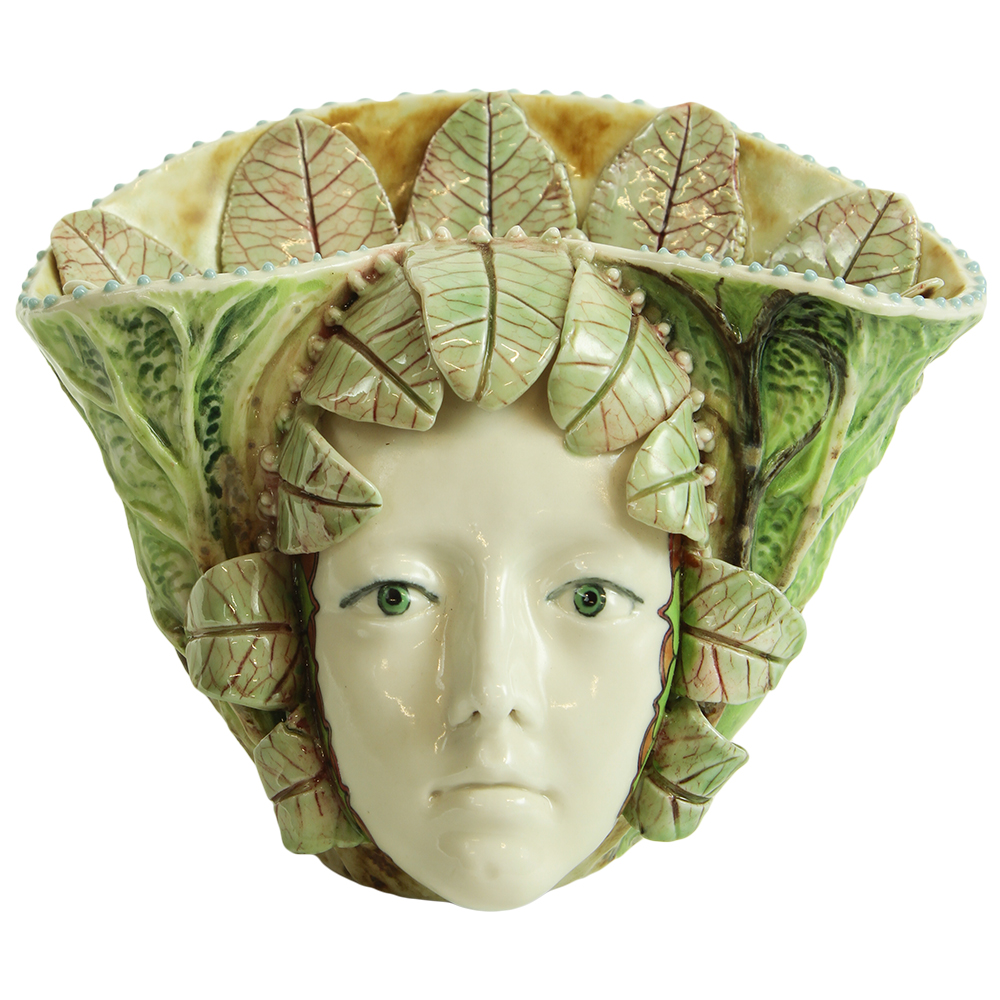
Face Vase by D. Burnham Smith
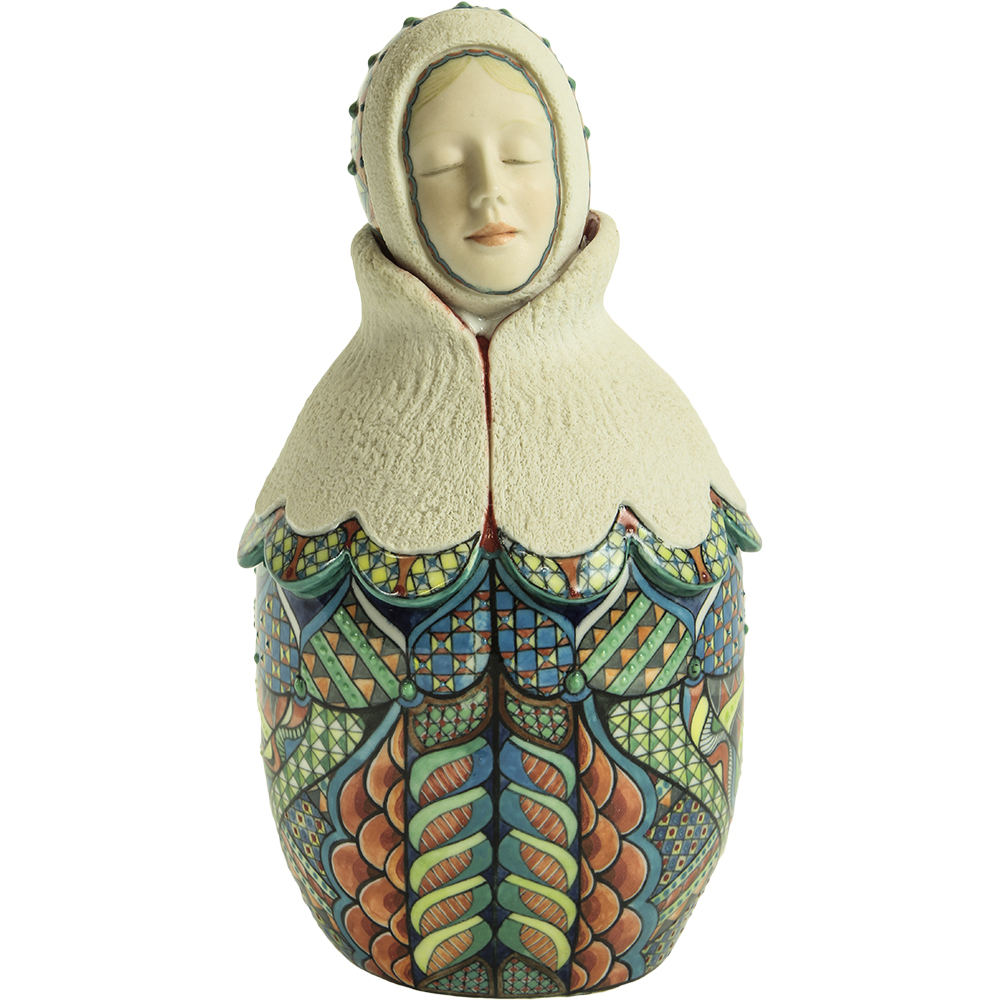
Snowmaid Bottle by D. Burnham Smith
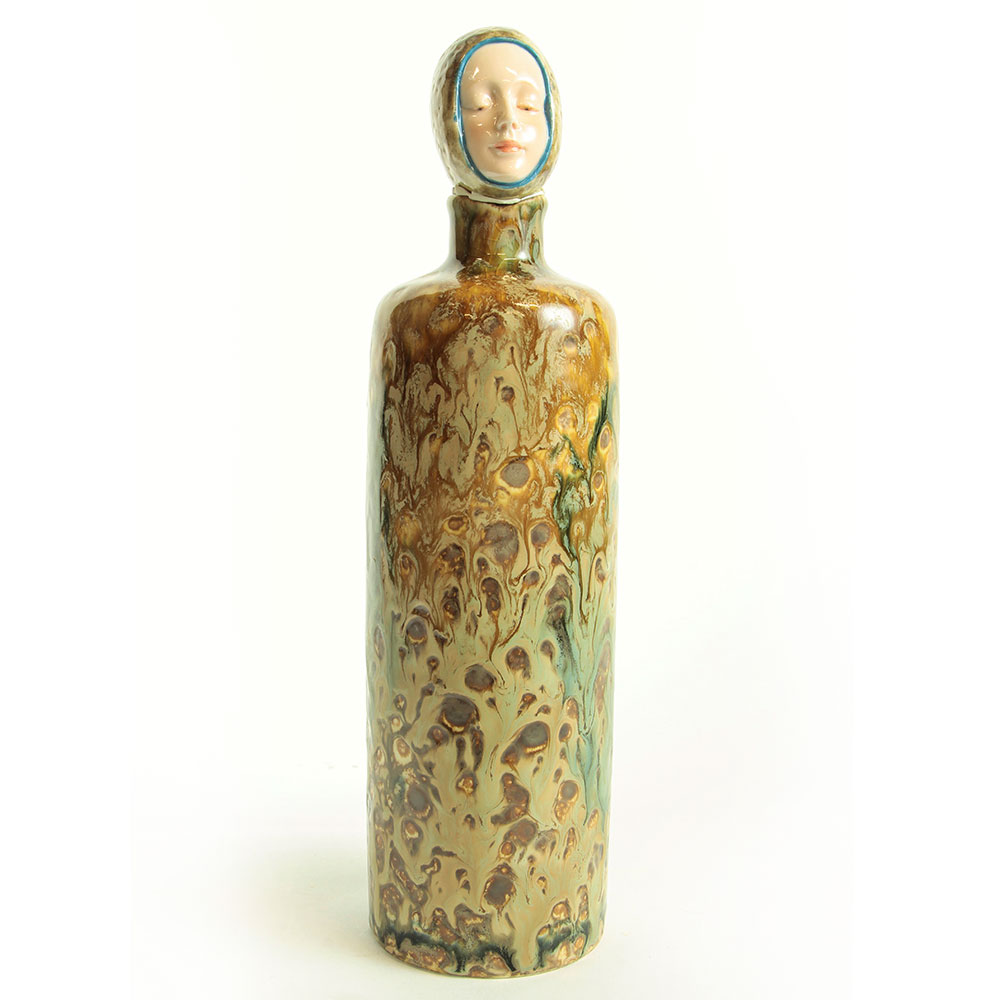
Bols Spirit Bottle by D. Burnham Smith
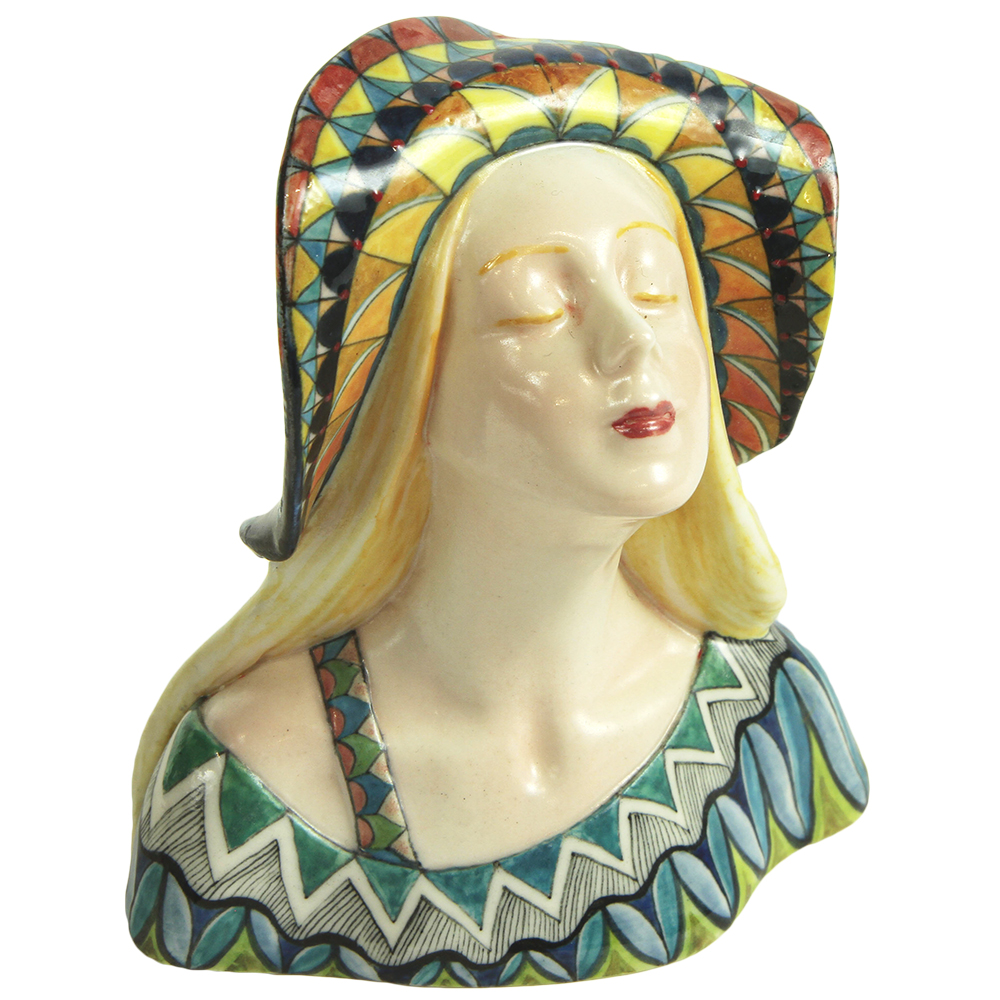
Bust by D. Burnham Smith
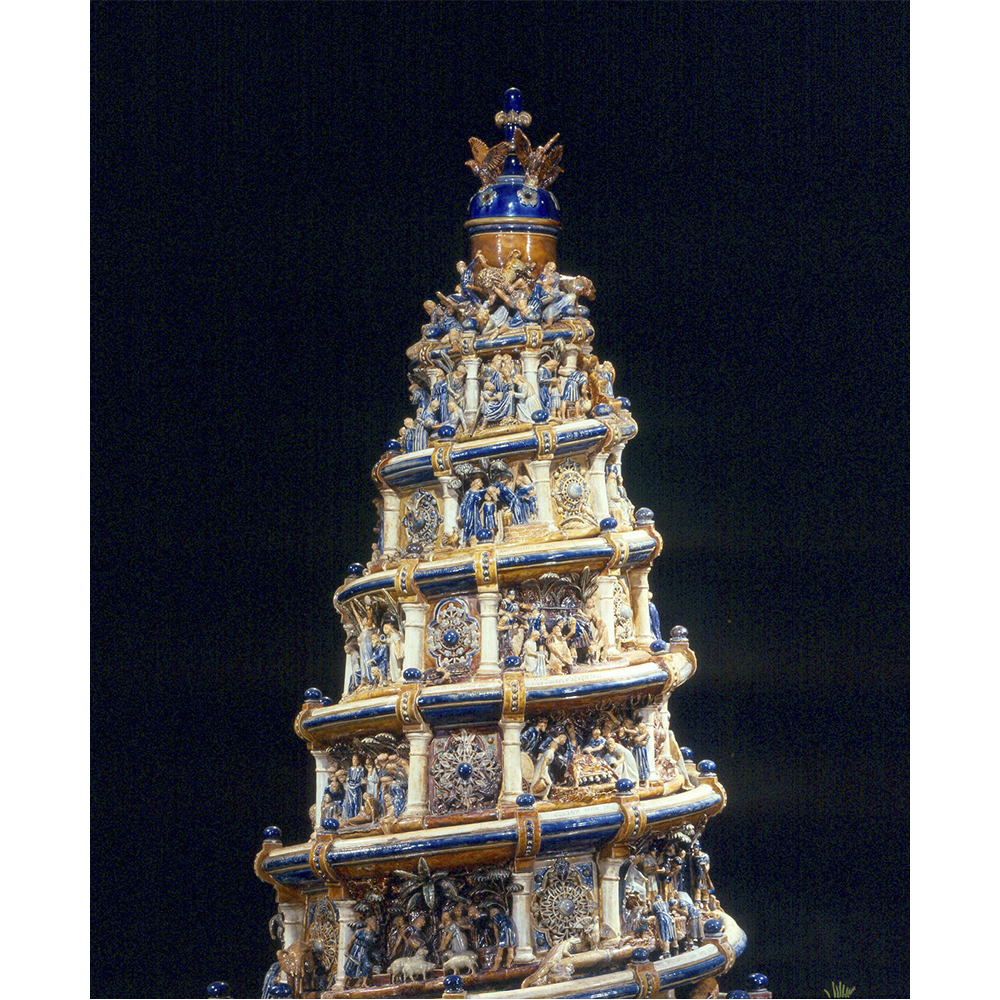
Tinworth Fountain
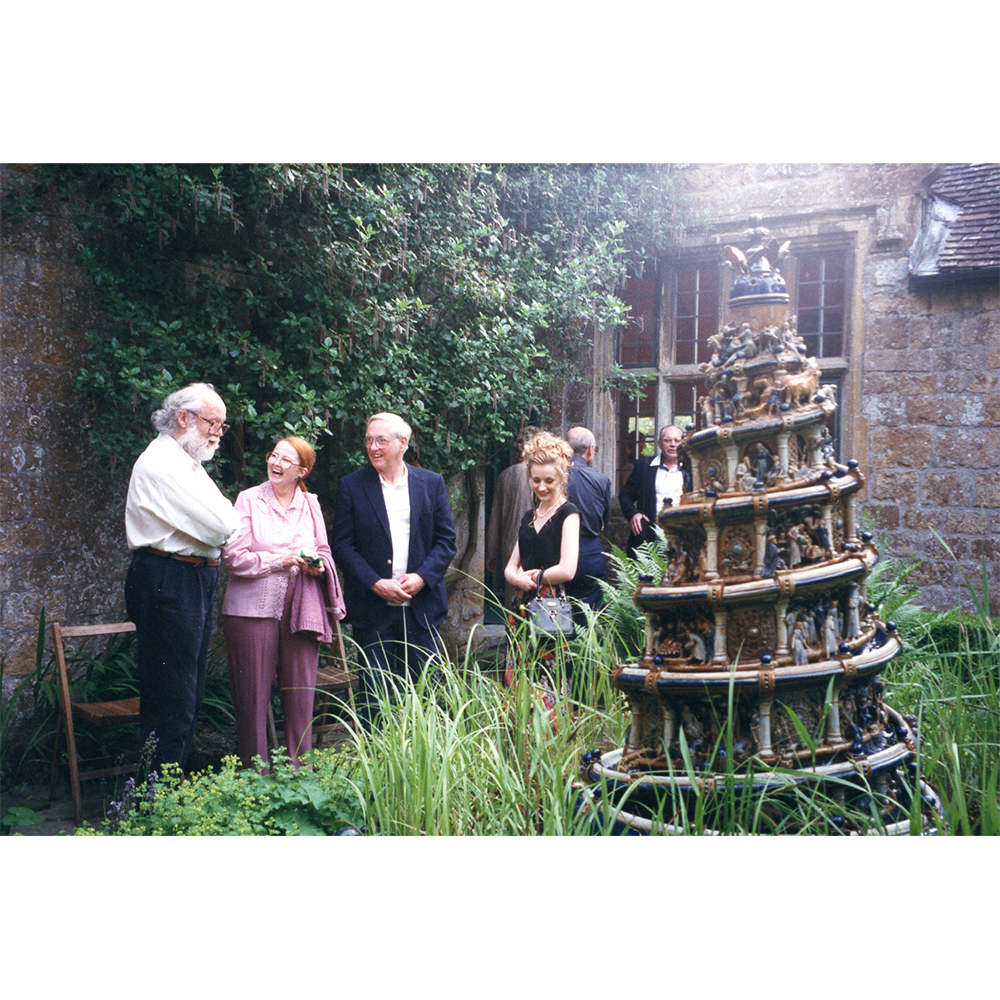
Richard Dennis with the restored Tinworth fountain
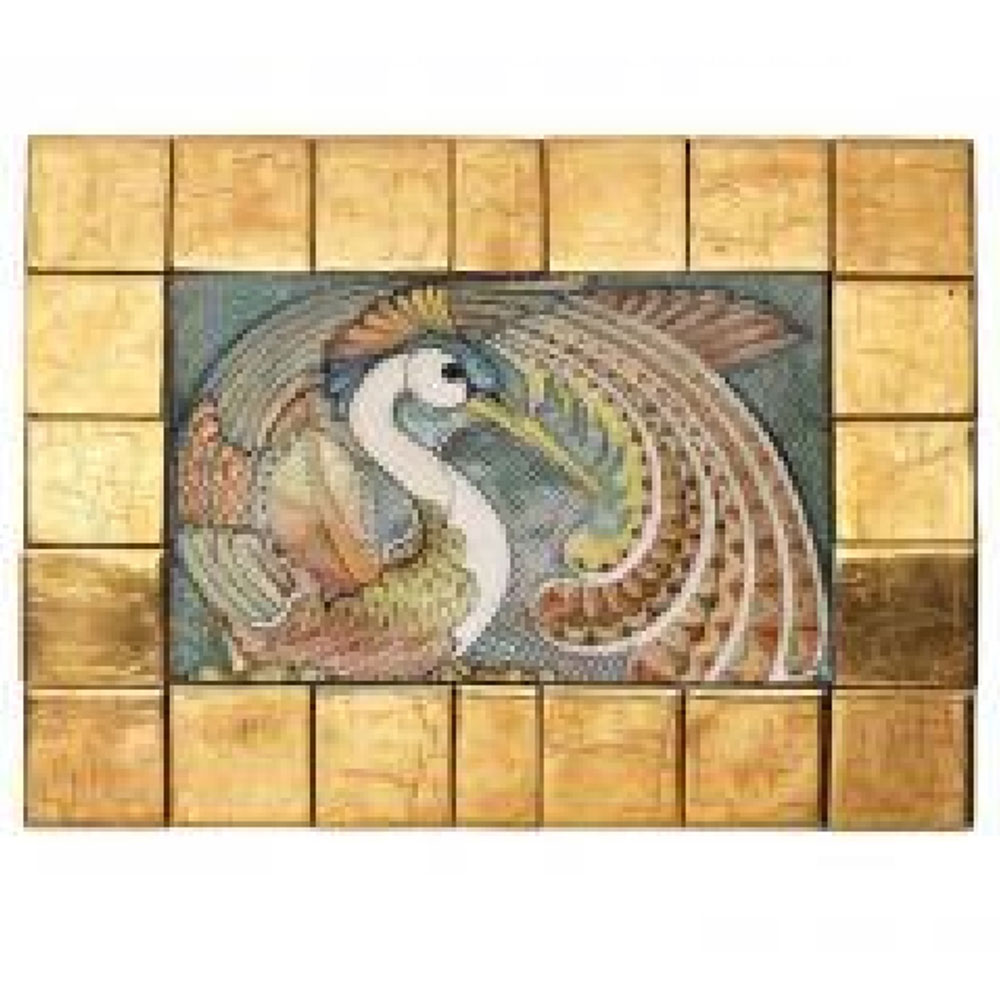
Bird of Paradise by D. Burnham Smith
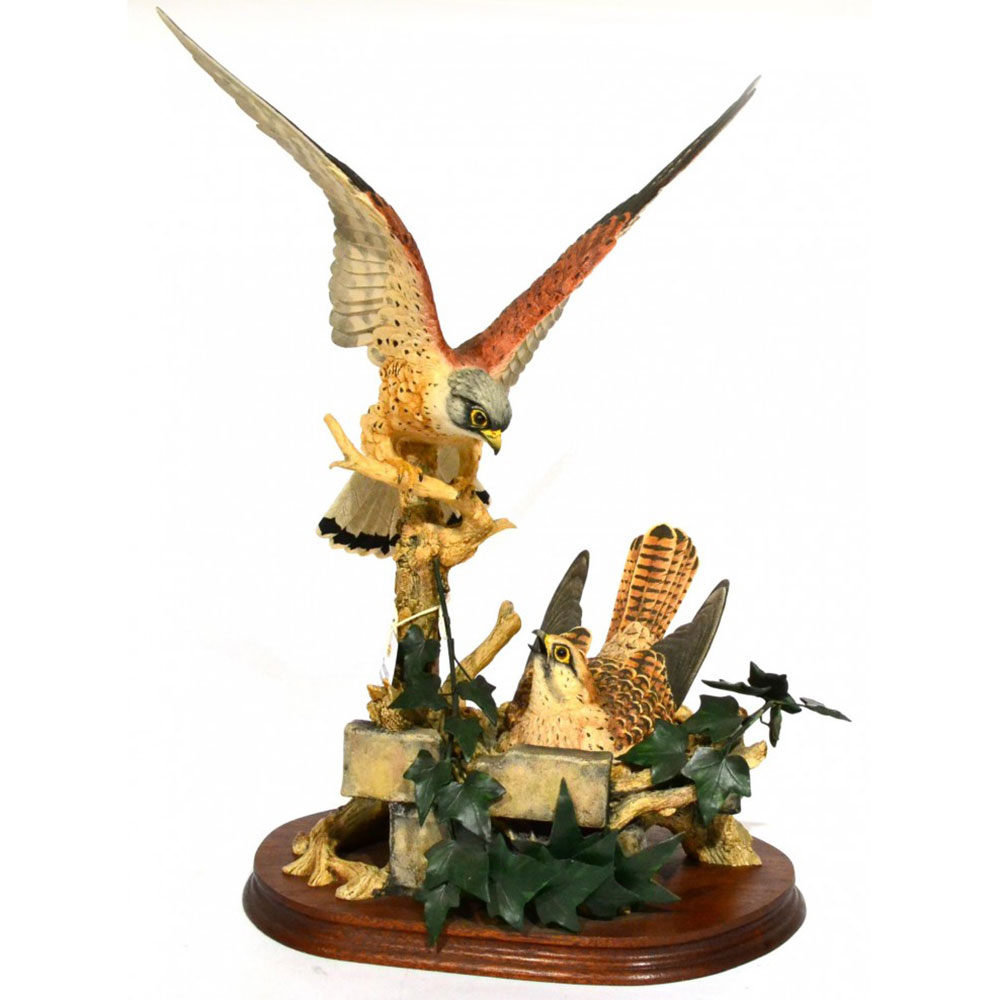
Border Fine Arts Kestrels by D. Burnham Smith
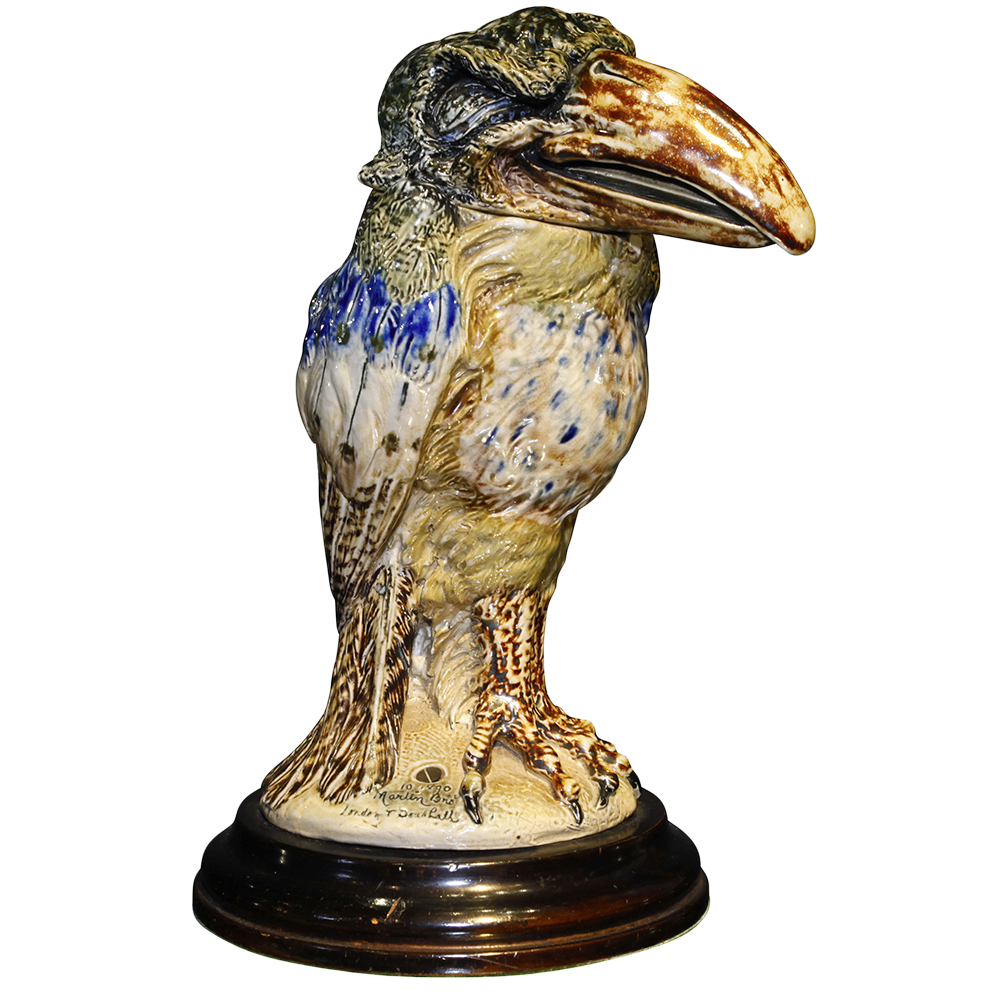
Wally Bird by R. W. Martin
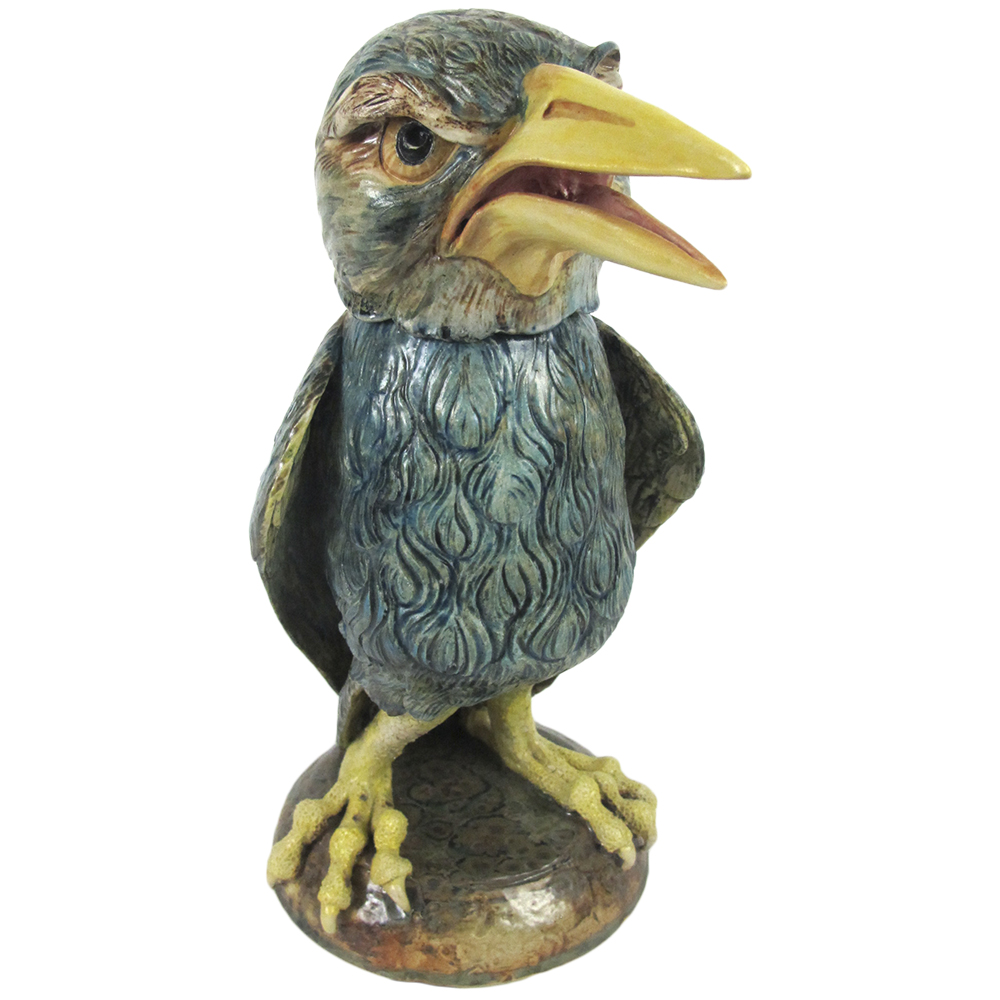
Squawking Bird by D. Burnham Smith
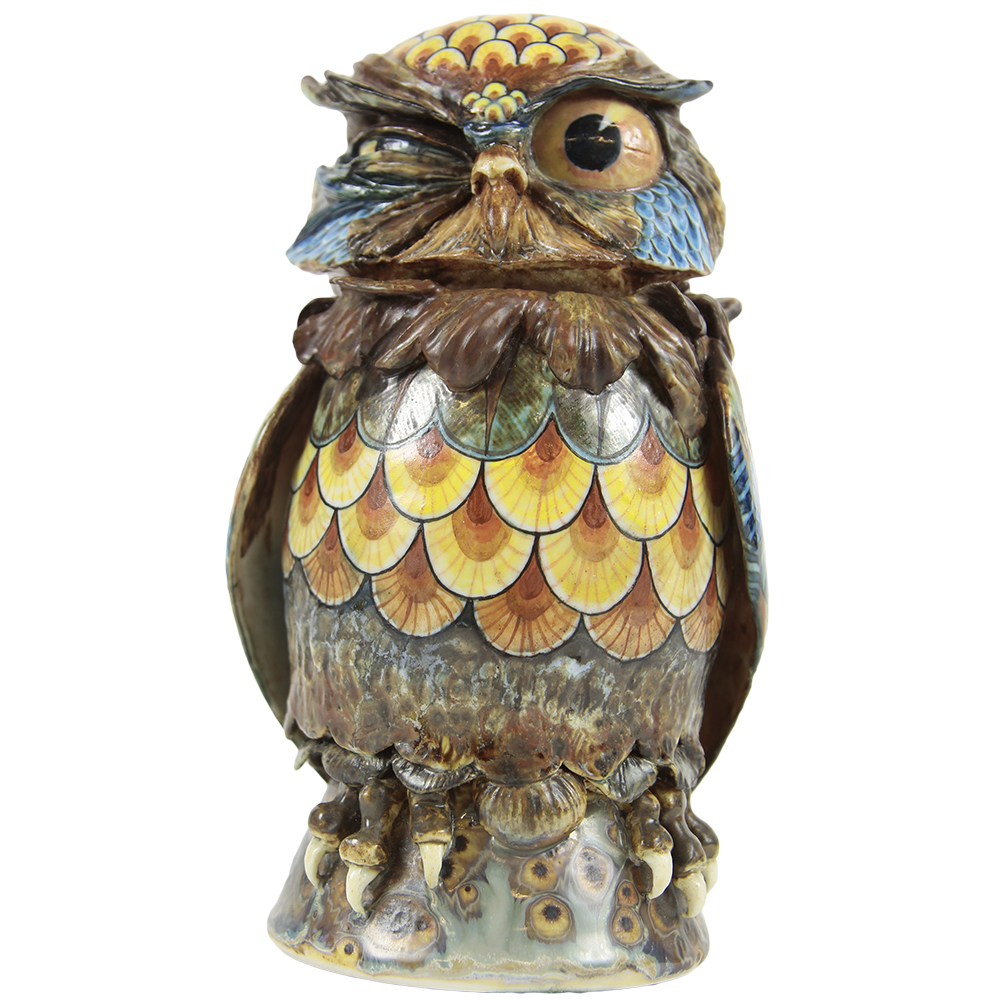
Owl Winking by D. Burnham Smith
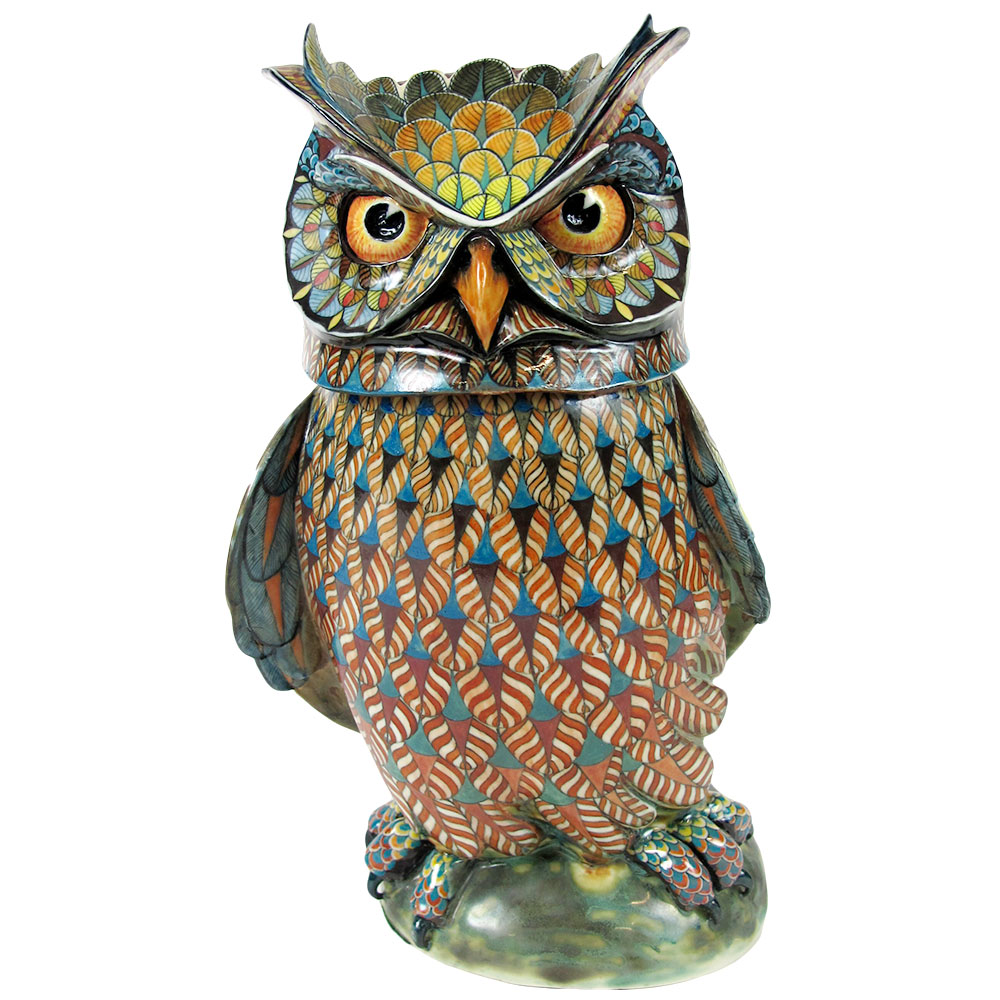
Owl by D. Burnham Smith
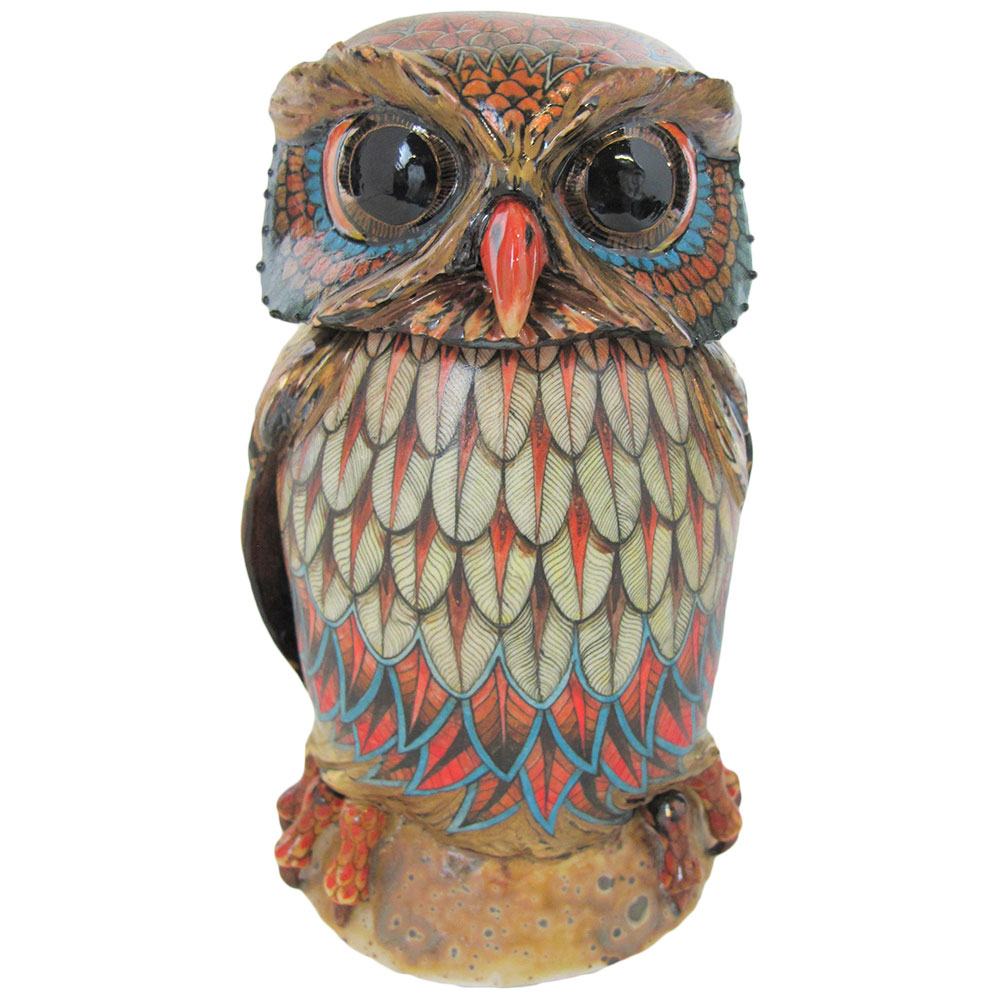
Owl by D. Burnham Smith
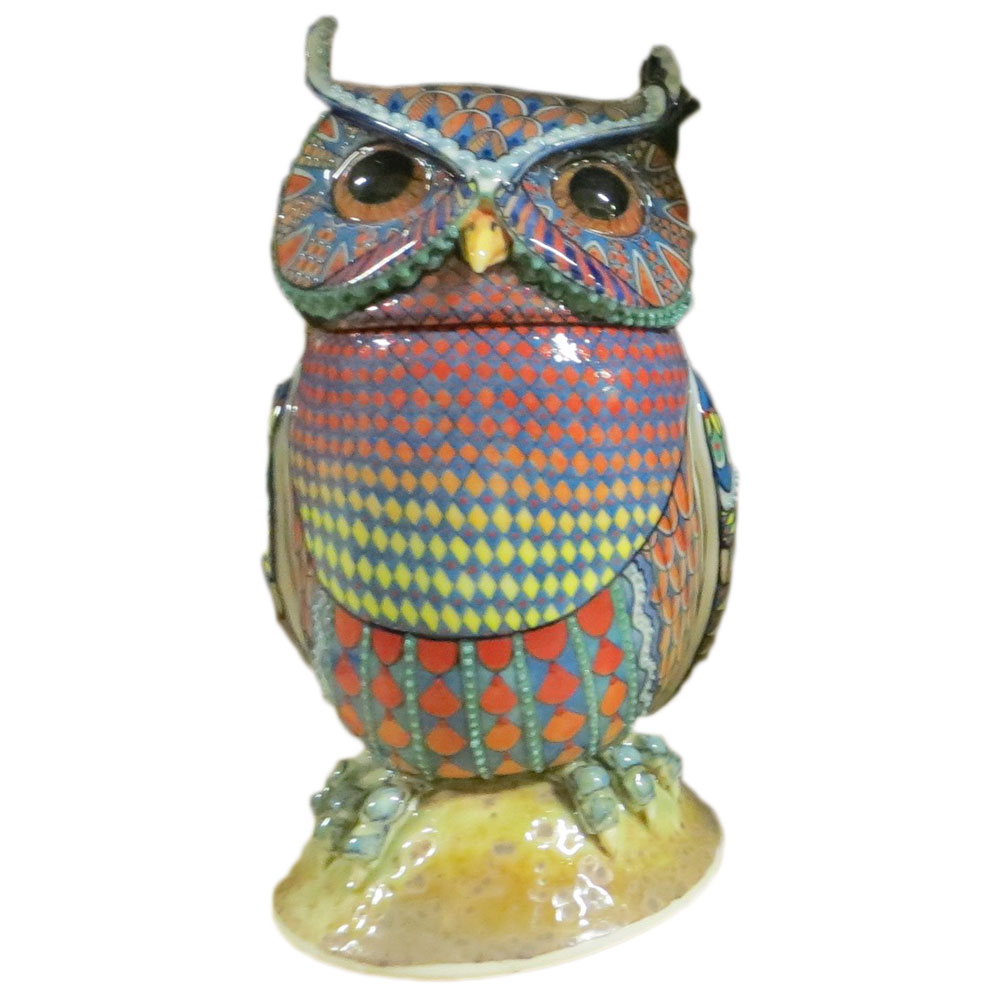
Owl by D. Burnham Smith
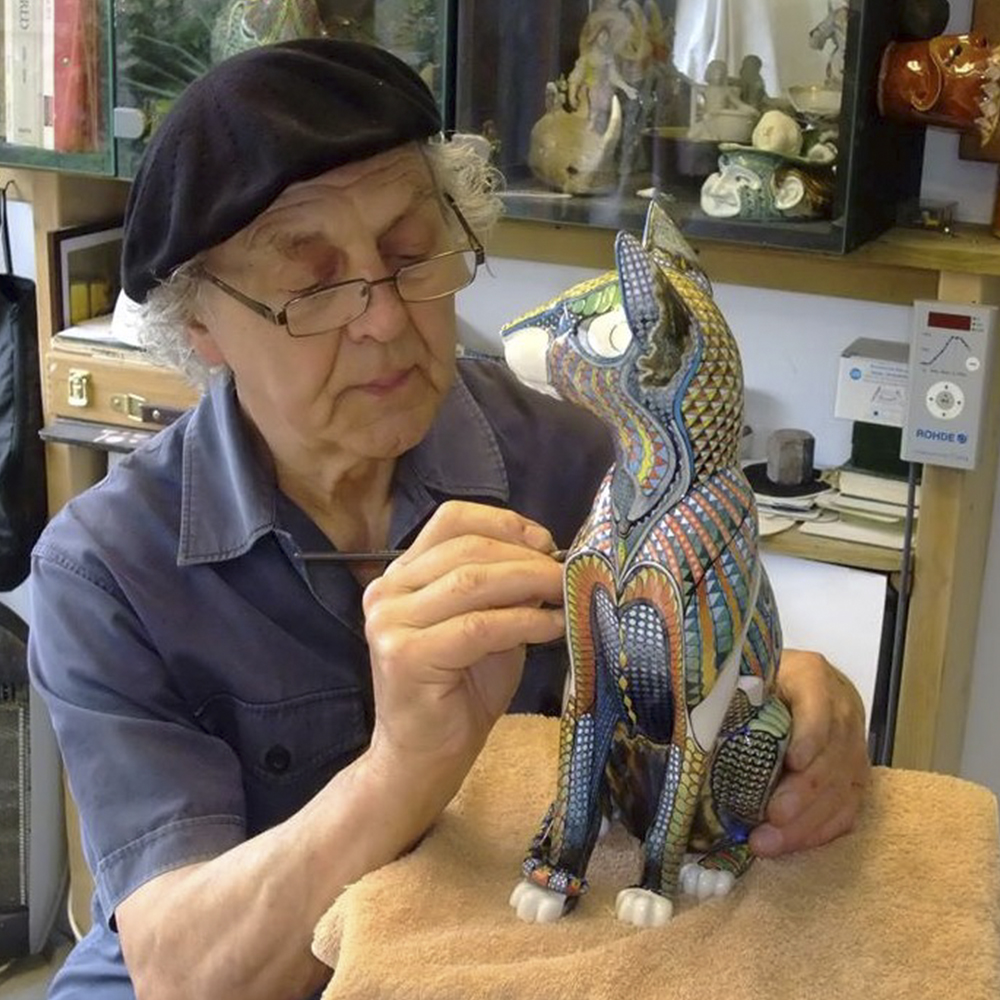
David Burnham Smith at work
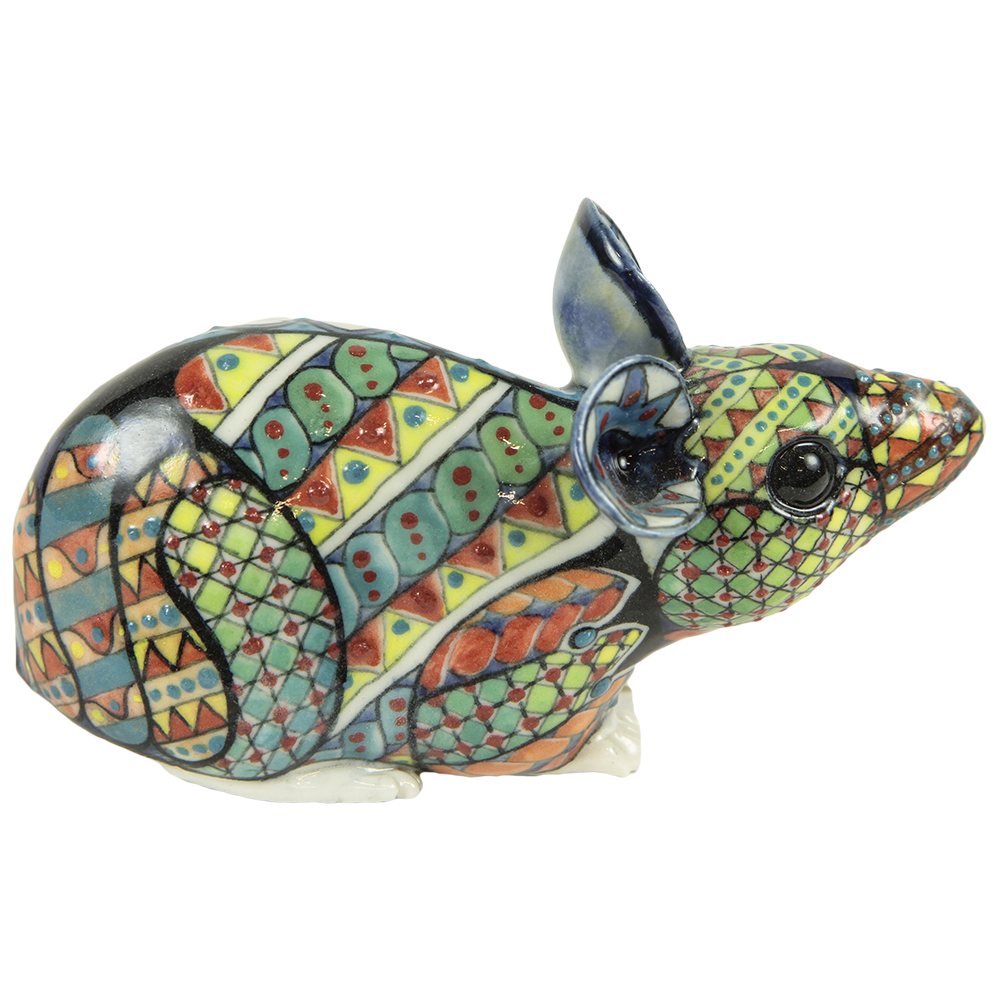
Mouse by D. Burnham Smith
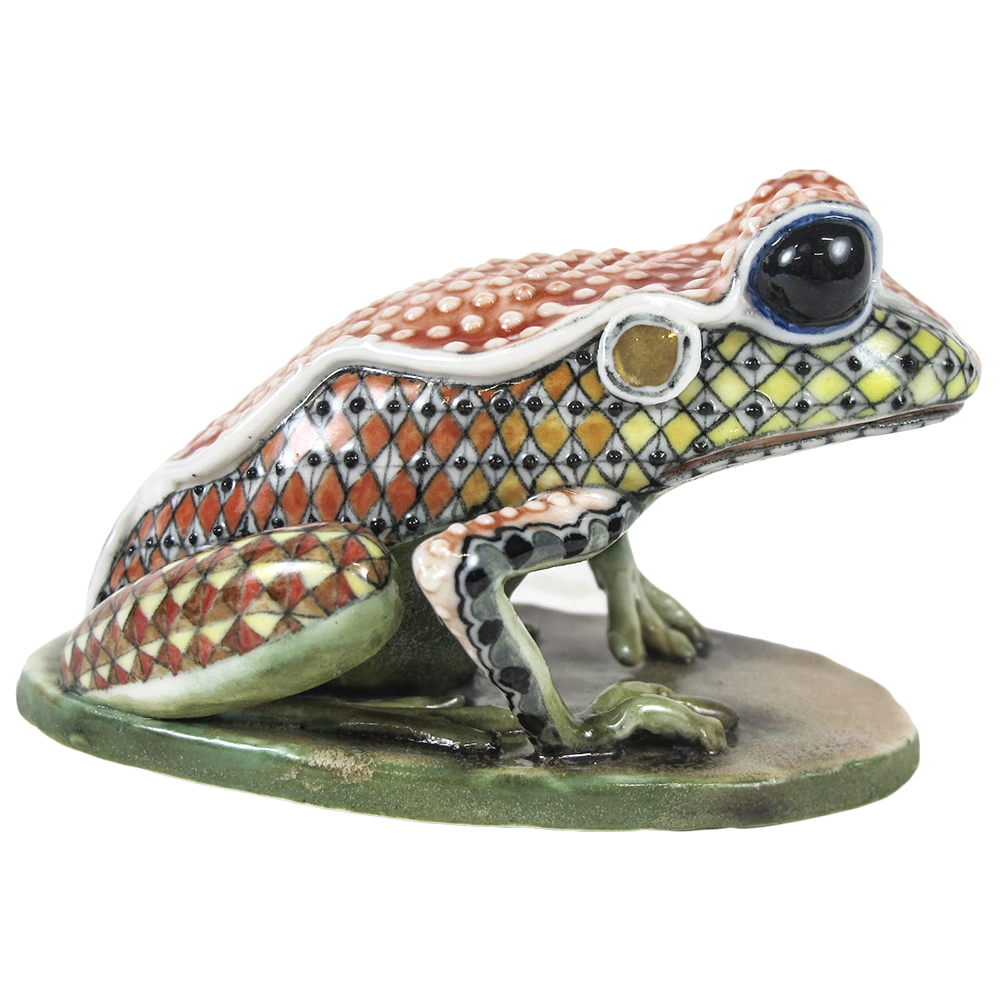
Frog by D. Burnham Smith
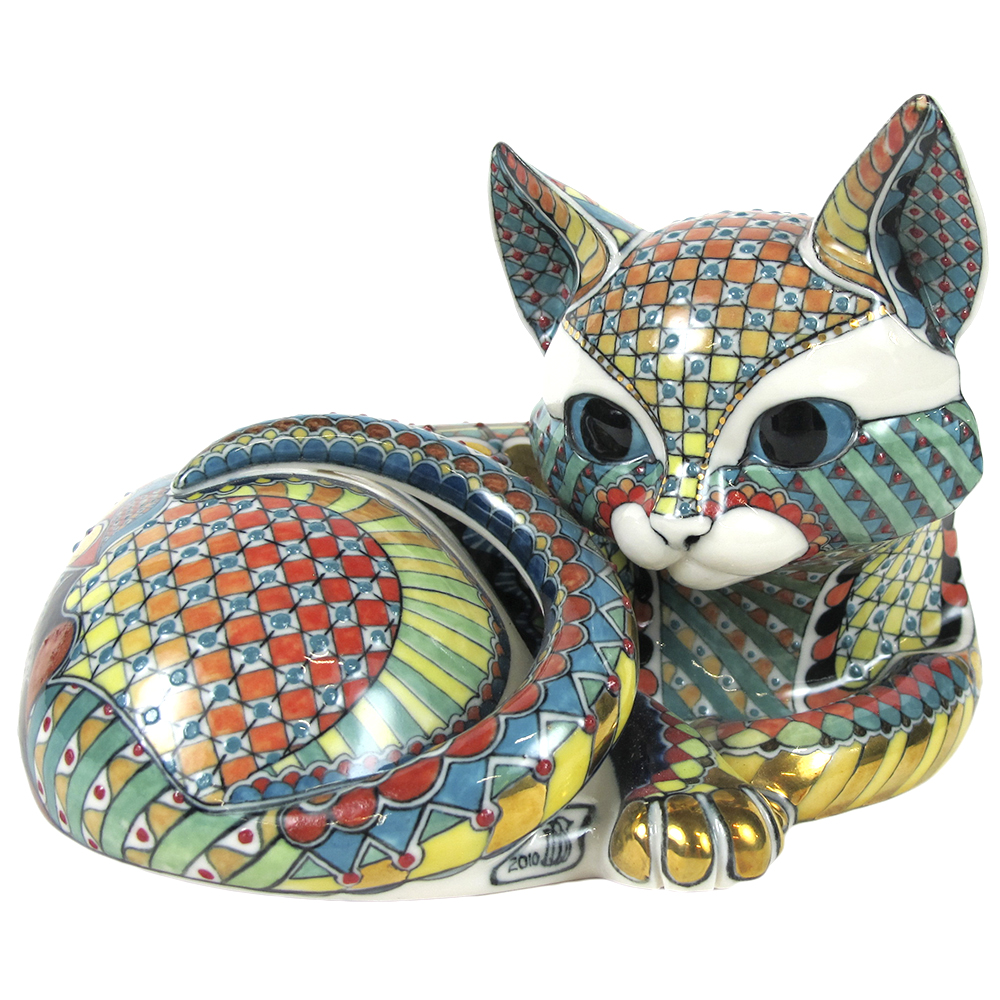
Kitten by D. Burnham Smith
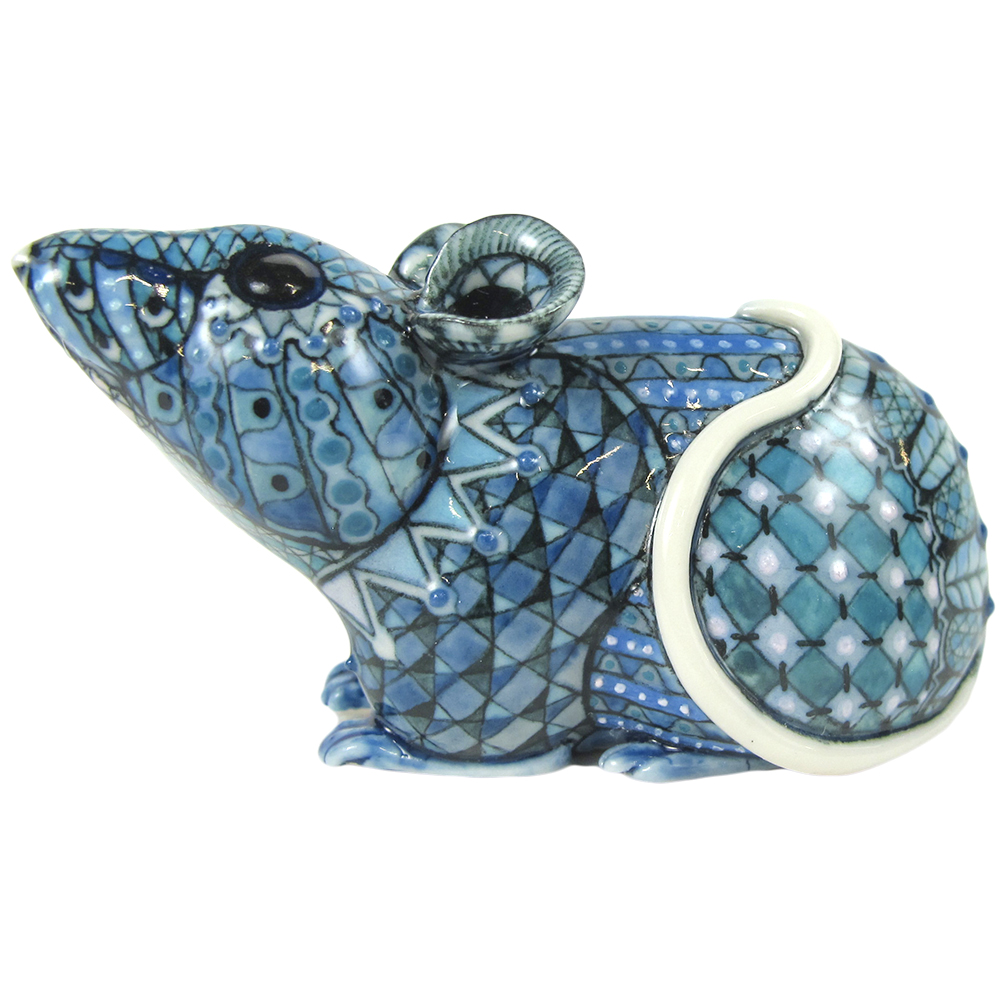
Mouse by D. Burnham Smith
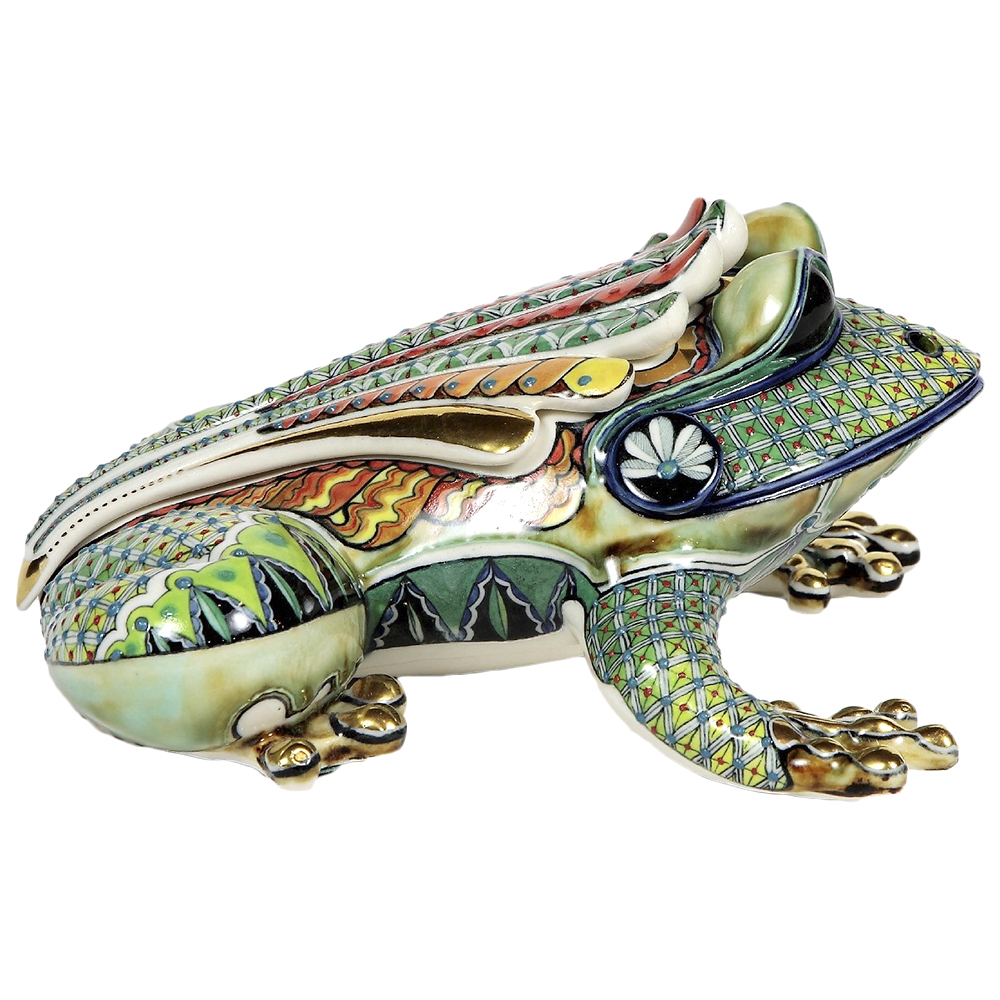
Frog by D. Burnham Smith
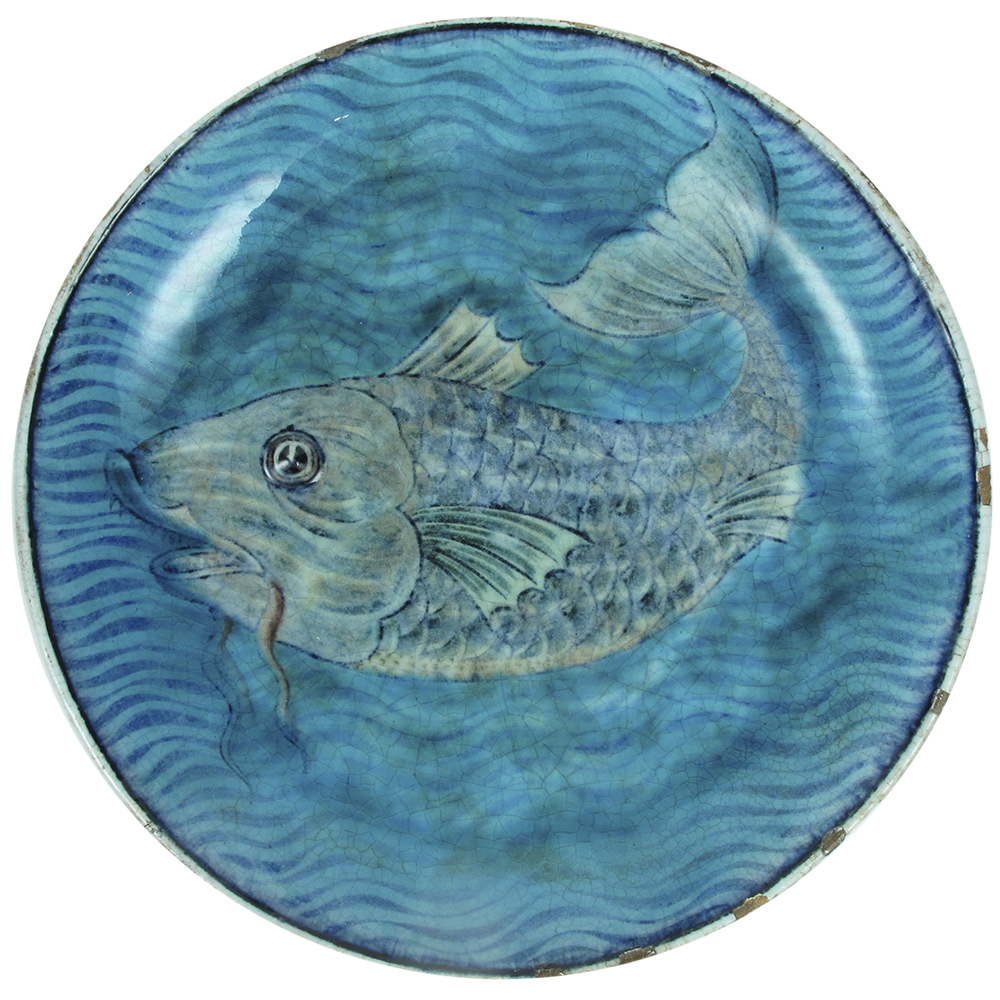
Fish Charger by W. de Morgan
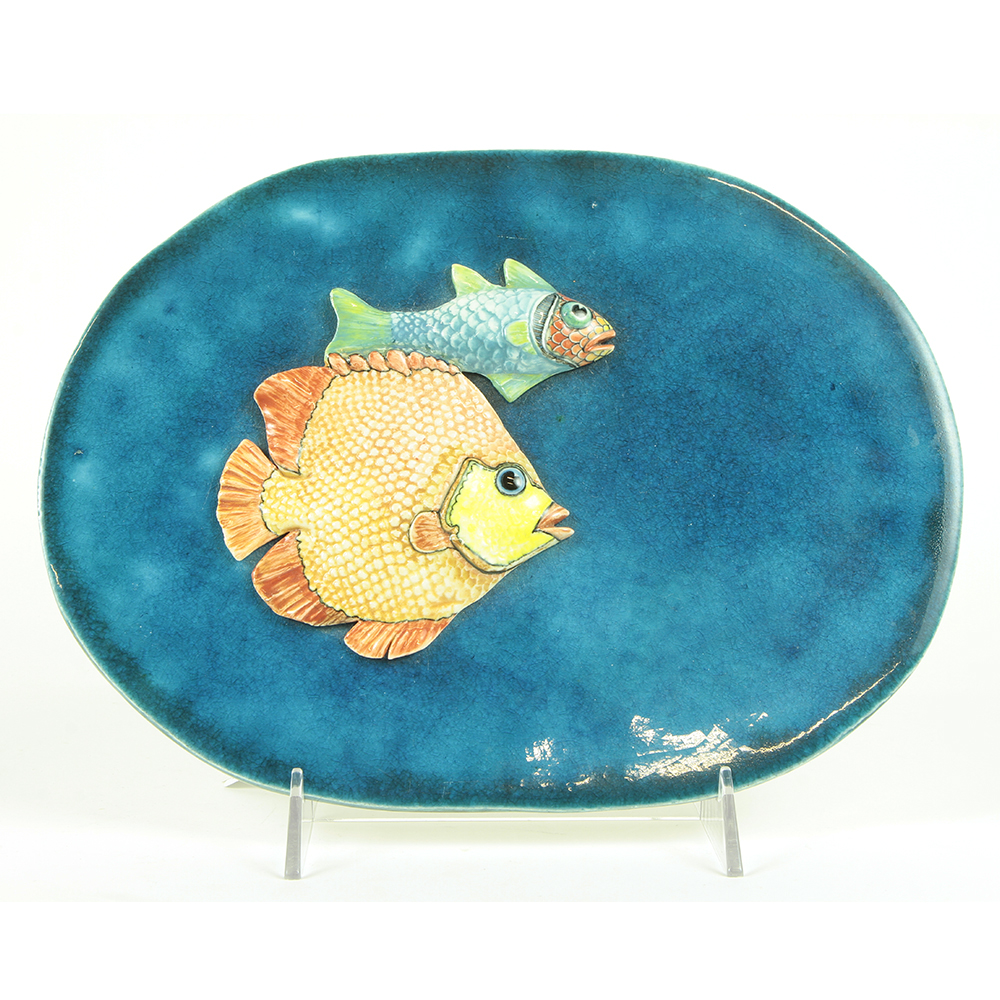
Fish Plaque by D. Burnham Smith
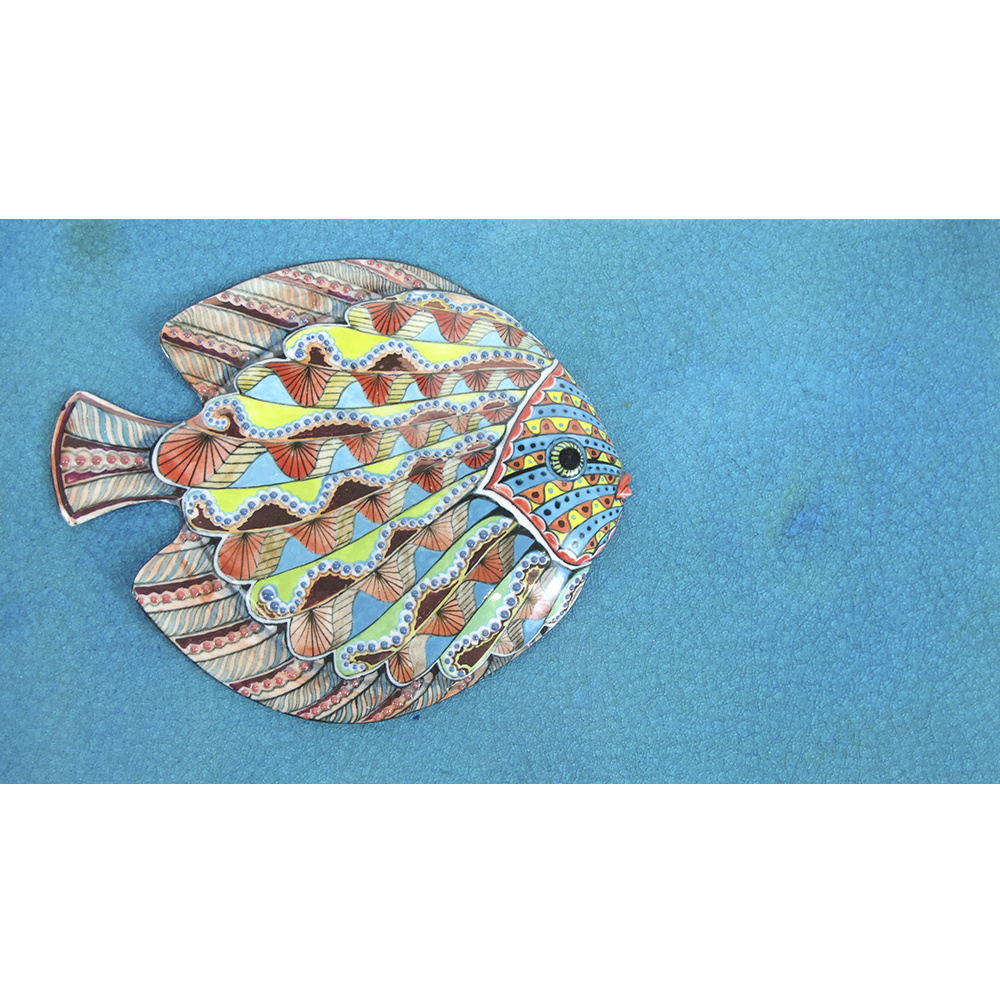
Fish Plaque by D. Burnham Smith
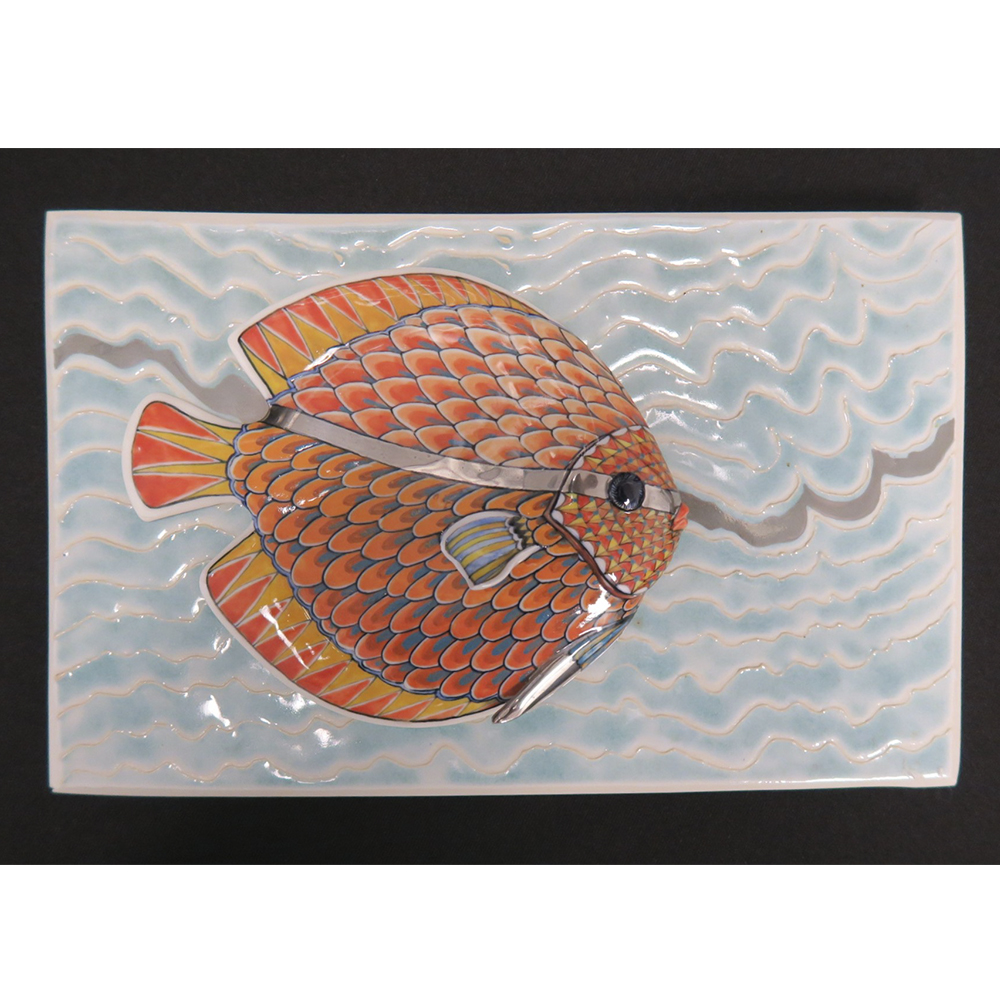
Fish Plaque by D. Burnham Smith
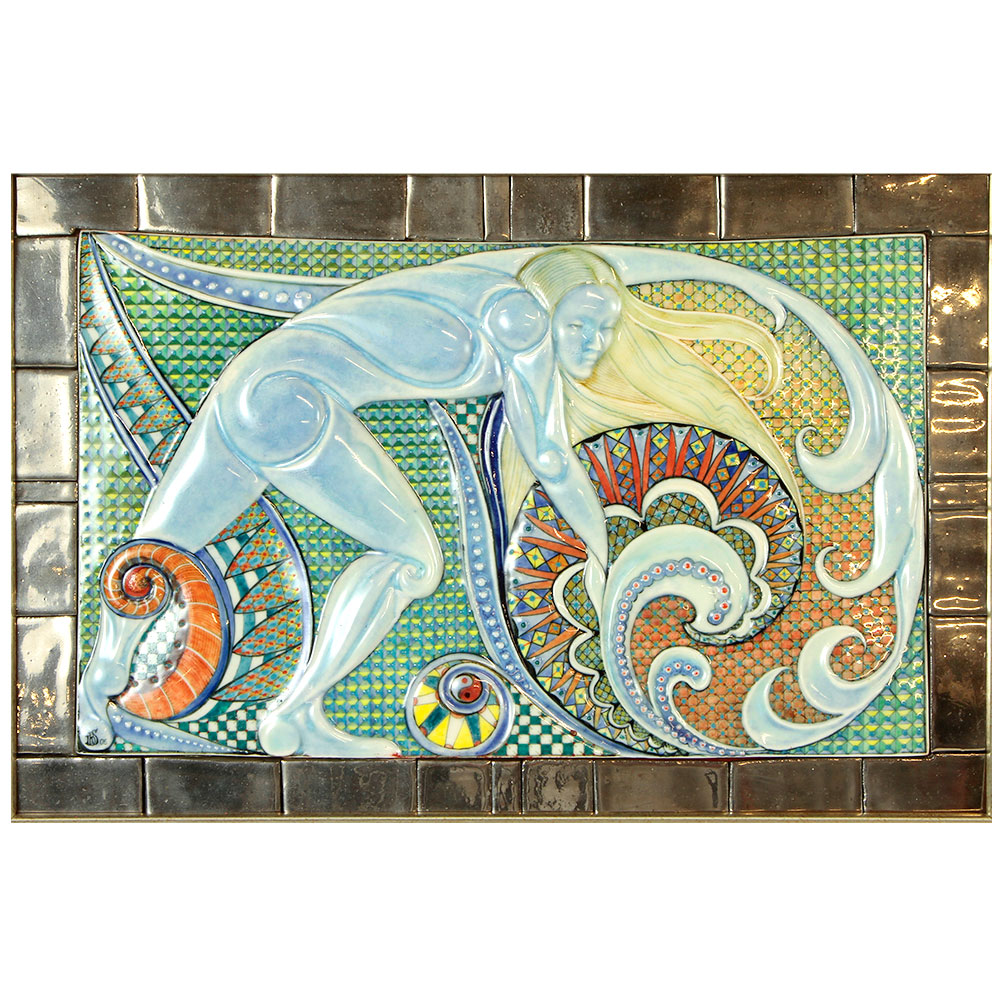
Tile Plaque by D. Burnham Smith
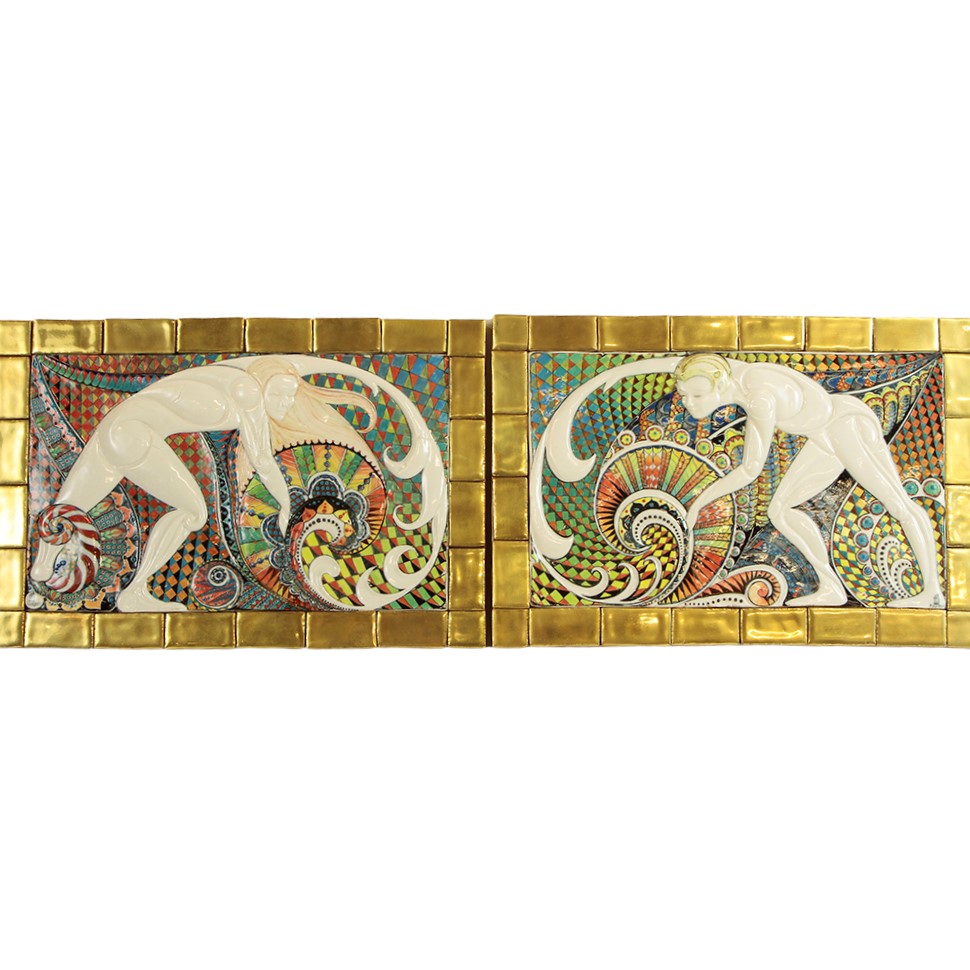
Pair of Tile Plaques by D. Burnham Smith
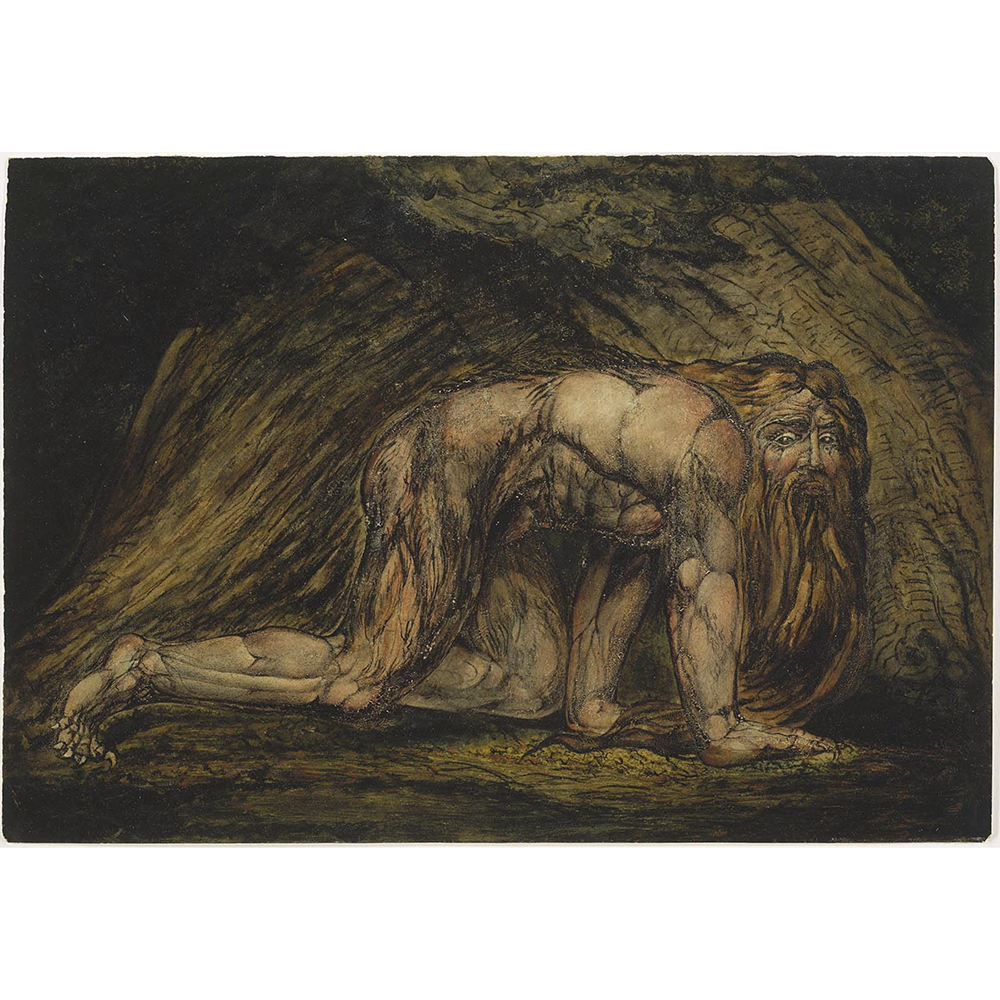
Drawing by W. Blake
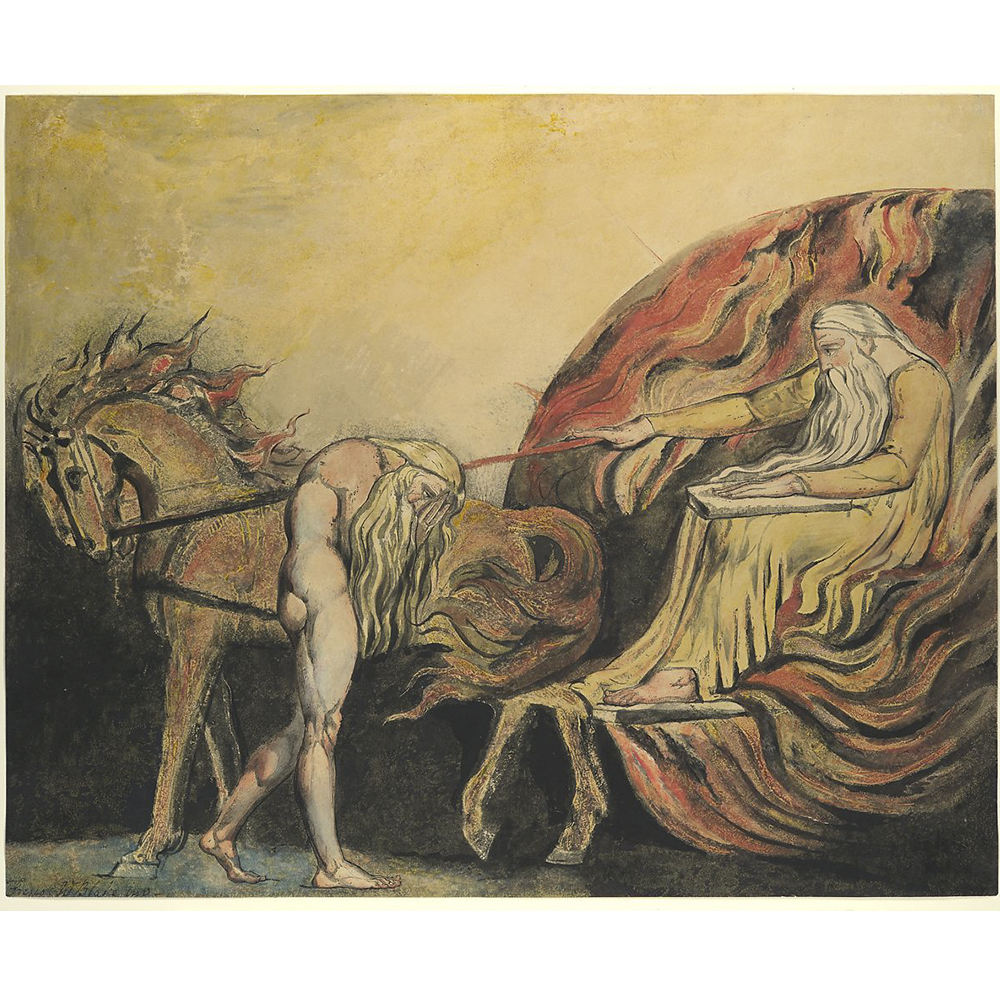
God Judging Adam by W. Blake
